|
It's been a good week. We're entering the last few week of my beginning art classes and I introduced our last unit of the course; self directed learning. Students could pick from the following two options to work from: A. Set a goal and work to achieve it. B. Create a series of work in your personal style. We started by talking about both options, then I asked students to choose and start planning using forms I created. The majority of students picked goal setting, though a handful of independent learners in each class gleefully jumped in to work on a series (or had been anyway). The forms seemed to be very helpful to students, but they were even more helpful to me as I talked to each student about their plan. Question 3, where I asked students to think about what they needed to learn or do to accomplish their goal was key - it helped me see where kids needed support, because not everyone was able to identify effective ways to accomplish their goals. The framework I use to support students looks like this. I noticed that many of the students who chose to work on a goal instead of a series were in the "developing" or "not yet present" categories for Finds and Develops Ideas and Skills Supports Vision, at least with the skill they selected to focus on. This task worked well for them because the way the assignment was framed helped them find an idea and identify specific ways to develop the skills related to things they wanted to work on. It also helped me easily identify where support was needed and how to provide it. I did demos, connected kids with resources and even sat with a few as they filled out the forms, helping with each question. Many students, however, needed nothing from me but an occasional check in. Here's what this looked like in my class yesterday. 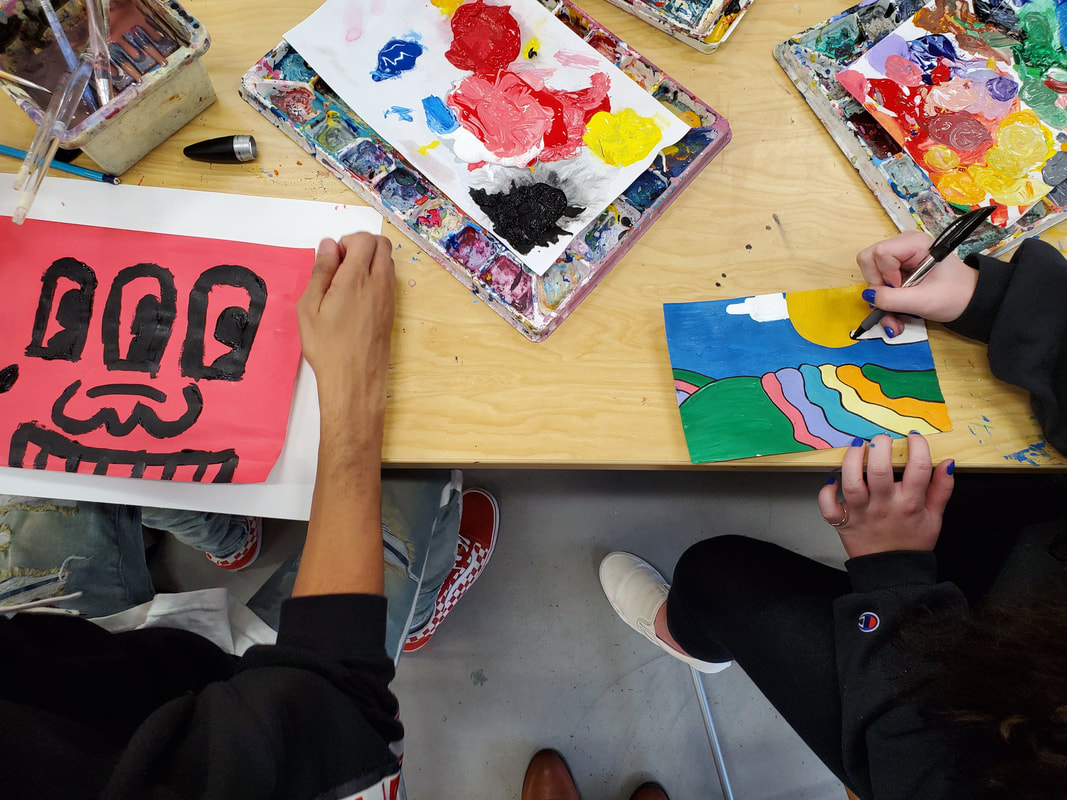 The student on the right is working on a series of stylized landscapes. The student on the left picked painting as a goal. He experimented with paint for a few days and didn't seem to have mush direction or want me to show him much. However, when I suggested taking inspiration from some of the artists I remembered he'd loved in art history class he found inspiration and came to class excited about ideas for the first time all year! Check out the unit plan and resources for this unit here.
1 Comment
Instead of going though one media group at a time in whole class Explorations, I decided to try blended learning, even though I'd tried different versions in the past and not been happy with the result. A big motivation for trying again was my 4th period. What was a small combination class of advanced honors students and beginning art limited to seniors ballooned over the first week of school to almost thirty students in not just beginning and honors art, but AP sculpture and independent study as well. I had a rough few week as more and more students rolled in. So I put content online. I had originally planned to film, but I ran out of time, so I used text and images to set out a series of steps for learning and then making s summative artwork on my class website for four media/ processes; pen & ink, colored pencil, cardboard sculpture and tie dye (which was a student request in advance of a football game theme). These function as online centers, which are added as I open new centers throughout the year. They support learning and autonomy by providing a context for independent exploration. Students select what media they want to try and decide how long to spend working with it. The first day of online centers went well, except for a handful of kids not following the steps, therefore not understanding how the materials could be used. The next day I reviewed what I was asking for, then had students look at the Exploration they were working on and write out a summary of the steps to share with a partner. I've had almost no issues since. What I have had:
When I think about how this is working so well, when it hadn't before, some key elements are that my classroom is very clearly organized for finding materials, that I started with limited options that are added to over the course, my online content is easy to follow and my kids have been responsible for locating and finding materials since the first day. My favorite part, undoubtedly, of these few weeks has been the display space. I have huge cork boards in my room, where I placed a note that said "put art here". Over time, they did, which was lovely. One day, when the boards were getting full of the art that my students wanted to share a girl in my fourth period saw something she connected with and left a note to the artist on a sticky note near the work. The next day some noticed and more notes were added and the display area quickly became a place where I could often find multiple students looking and responding to work just because they were interested.
Somehow my classroom had stopped being mine and become ours, so much faster than any of my high school classes ever have. It feels like my elementary TAB room. It feels like magic. This year we moved into a brand new building, gleaming and beautiful - and full of white, empty walls. I thought about how we could fill them, to start to make our new space feel more like home, and decided on collaborative tape murals. Working with painters tape is similar to drawing, because pieces of tape are essentially lins, but it's also incredibly engaging because of the large scale and ease of working with a group on a wall size canvas. However, the best part is the connection it creates between the students working and the community who look, appreciate and ask questions during the work. I had six rolls of painter's tape and a combination class of 20 beginning and advanced students, almost all seniors, so I planned what I thought would be a one day experience. On the first day of class I introduced the concept of tape art by showing a short video clip of Darel Carey at work, then walking around the school with the class to identify good spots for our murals. Groups and ideas formed organically, then students got to work. I supported students in developing ideas by having conversations with each group as they worked, asking questions and answering any they had. * If you're reading this and looking for more structure, check out this lesson plan I wrote a few years ago for AOE, or this book I keep hearing great things about. Some students decided to work alone, some in groups of varying sizes. Since the tape is totally removable, I don't normally ask approval before starting, but I was a bit curious about what my new principal would think of our work, so I was delighted when I saw her taking pictures of the the process and sharing them on twitter.
A few groups decided to work on a much larger scale than I expected, and I had to get more tape, which is the best of problems to have! Four of the groups ended up working for multiple days, which gave me lots of valuable information about the personality of this group, many of whom seem to really enjoy collaborating. In total, the group used 11 rolls of tape, though 5 of them were use on the large stairway mural. This ended up being such a positive experience for my students, who loved the process and for our school, which now feels a bit more like ours. Check out some of their work below. It's been seven years since I left my elementary TAB studio and tried to recreate the magic in a high school setting. On the first day at my new job I quickly realized that much of what I did with my younger students needed to change in my new setting, but this summer I've been thinking back and wondering if I changed too much. I loved how I graded in my elementary classroom. I created a checklist with learning goals for studio work time that correlated with state standards with big picture ideas, like "I can use my own ideas to make art". As kids created I'd walk around, look at work and engage in conversation, looking for evidence of student's meeting learning goals. Most often I could observe them meeting goals just through looking at work process and finished work. If I couldn't, I'd ask questions. When I found visual or verbal evidence of meeting a goal, I'd make a check next to the student's name on the list. If I didn't find evidence I'd know to look again the next week, reteaching or providing other support as each situation required. This was a meaningful assessment for me because it was student centered and provided immediate feedback that I used in real time to adjust instruction. This was a meaningful assessment for kids because it gave them multiple ways to demonstrate knowledge, responded to any needs with differentiated support and was centered on personalized response to the art they were creating as they created it. I worry that the digital portfolios that I have used for my high school students share and reflect on work are not an equitable way to form grades because they rely heavily on writing instead of giving students multiple ways to show evidence of learning. Towards the end of last school year I decided to try observational grading with my beginning high school classes. It's important to know that this class is divided into the following three stages:
I plan to use these checklists to help form grades, but mainly (and more importantly) I'll use them to help focus the formative assessment I constantly do during work time on really essential learning and on providing targeted support for those who need it.
Many terms come to mind when I think about what I experienced six years ago when I left an elementary TAB classroom I loved for a high school across the county. "Dive", "jump" and "plunge" were all considered for the title of this post. Ultimately, I chose "shift" because that's what I had to do as a teacher in order figure out how best to teach my new older students. "Shift" is also what my students have to do when they encounter my course structure, which is often unlike anything they've ever known. Another shift that was necessary was a cultural one. My K-5 schools, where I had run a TAB program for three years was mostly Black and Latinx, with around 90% of students qualifying for free and reduced lunch. Test scores were low and bring them up was a constant focus of multiple weekly meetings and observations. This high pressure resulted in frequent teacher and administrative turnover. However, the students were wonderful and fearlessly creative. My art program was thriving and I thoroughly enjoyed the instructional part of my days. It was just the other parts that started to wear on my soul. On the other hand, my new high school was mostly white, affluent and boasted a 93% graduation rate. I clearly remember my mouth falling open when data was addressed for the first time at a staff meeting by discussing our goal of moving from a 93% graduation rate to a 95% one. I know now, first hand, how that two percent difference impacts actual lives, but at that time I could not wrap my head around worrying about scores that were in the 90's when the school I just left had less than 50% passing end of grade tests. Another challenge for me was how often the staff was told we were doing well after coming from a place where I was asked to work ten times harder and constantly told that it wasn't enough. A big part of the shift from elementary to high school, for me, was coming to terms with the painful inequities that exist in public education. Now, about the teaching. I had dreams of sunshine and rainbows, of my wonderfully self-motivated elementary students, but bigger and with more developed skills and attention spans. If you know anything about teenagers, you probably have guessed that my first day was a rude awakening. On the first day of school, I excitedly explained the self-directed work I'd envisioned for the semester I was met with looks of scepticism and hostility. Finally a senior raised his hand and asked "Just tell us what to do to get an A." And so started years of figuring out how to access the power and joy of the elementary TAB classroom for older students. The Open Art Room, co-authored by me and Ian Sands about our work together was part of it, and Making Artists, publishing next year through Davis Publications is the continuation. Below you'll find some of the most important things I've learned about working with secondary students, leach linked to more in depth information. 5 Lessons I Learned as I Shifted from Elementary to High School
productive struggle by providing a decision making structure to teach how to make choices. I use my Artistic Thinking Process for this. Many of your students will need it or something like it.
4. Their friends mean everything. Social relationships are hugely important at the secondary level and when teachers harness that through collaborative learning and socially meaningful events, magic happens 5. They can ALL be successful you give them a safe place to fail and the tools to fly. This post describes my beginning of the year assessment as compared with the end of the year. SO MUCH GROWTH - not just from some, but by every student. The point of teaching art is, or should be, to get students to make art. Their own art. Not just the follow along, teacher selects the media sort, either, but the autonomous, deeply understands and can apply new skills type. This is what I try to assess with my final exam by comparing work from two points in time; the first day of class and the very last. On the first day of class, I asked students from my high school Art 1 class to draw something, no other directions. This huge, ambiguous task was energizing for some students, while others are paralyzed with indecision and the rest tend to recreate something safe and familiar. I save these drawings, and on the last day, I pass them back ask students to do the same task again, then meet with each student to talk about what the comparison of their work shows about their increasing ability to independently work as artists. Before: Anna did a great job drawing flounder, but the work wasn't very original. After: paint, yarn and ribbon combine to make the familiar unexpected. Before: Kat was stuck on the first day. Kids had over an hour to work and she said she spent most of it unable to think of an idea. After: she confidently selected media and recreated the same image she'd selected before easily, combining it with images of global warming to add additional meaning. Before and after images both address things the artist likes, but the first image was unfinished and relied on stored symbols, while the second is thought out, intentional and visually interesting. Before: She was stuck and couldn't think of an idea, so she just drew her phone and added random colors. After: She still couldn't think of an idea and knew she had to start working, so she asked her friend to pick an image from a magazine for her and filled in the background, adding a red line to emphasize the figure's emotions. Libby used the same colors of chalk pastel in both her before and after, she told me, but in the later version created more volume and defined shapes and depth. Isabella and I talked about the many improvements between these two points and how her work has progressed from flat and generic to dimensional with realistic details. Before and after are both lotus flowers. Camille talked in our conference about not knowing what media to pick or how to use it well in the first image. The flower she made during the exam. she said, was made with chalk pastel that she blended smoothly, achieving what she envisioned but was not able to achieve in the first experience. In all these sets of work there is a common theme of growth. Not just in the technical skill that is easy to see in each work, but in the capability of undertaking the process of art-making; to generate ideas, plan how to communicate them visually, problem solve when challenges are encountered and select appropriate media - all independently. The best part about this whole experience was how comparing the two works help students reflect on their own growth. Looking back at that work from the first day was as good as having a time machine - they remembered how they struggled with this big, open task I set, then saw how differently they approached the same assignment now by applying all they've learned.
Every student, many of whom started as unsure or even unable to use their own ideas were all able to confidently use the studio to make original art on their terms. They didn't need me and that's the whole point. Four years ago I was at our annual art show, noticing a lack of something important - students. Not even all the kids with work in the show made it to the opening, let alone students who weren't in arts classes. As the few of us in attendance stood and passively looked at the work, I knew I had to find a better way. So I thought about what would make a show meaningful for kids. Here's what I came up with: - Accessible - Relevant to the artists and the audience - For and by students - Active and engaging And the concept of the Pop Up Art Show was born. Interactive, student driven and accessible to all students. We set it up for one day, during lunch. All kids can come, even those who wouldn't have a ride to an after school event. And they want to come - because it's fun. The Pop Up Art Show always includes an active component. This year we included drawings on demand, where guests could line up an request a quick drawing. We also had henna, bring-your-own- shirt screen printing and button making. And, because my classroom is TAB (Teaching for Artistic Behavior) and my students determine what we make and learn about, we also had a fashion show. This year three of my students wanted to design clothing, sew it and share it. Teachers and students from two other classes were invited to participate, and the results were beautiful; handmade dresses, wearable art and curated streetwear, all combining in an explosion of creativity and shown to packed gym. And the art!!! My students each made multiple piece collections and our sculpture teacher had her students design a installation. This show was completely planned by students, including envisioning the work, planning the activities, hanging work, and taking it all down. I couldn't have been prouder! 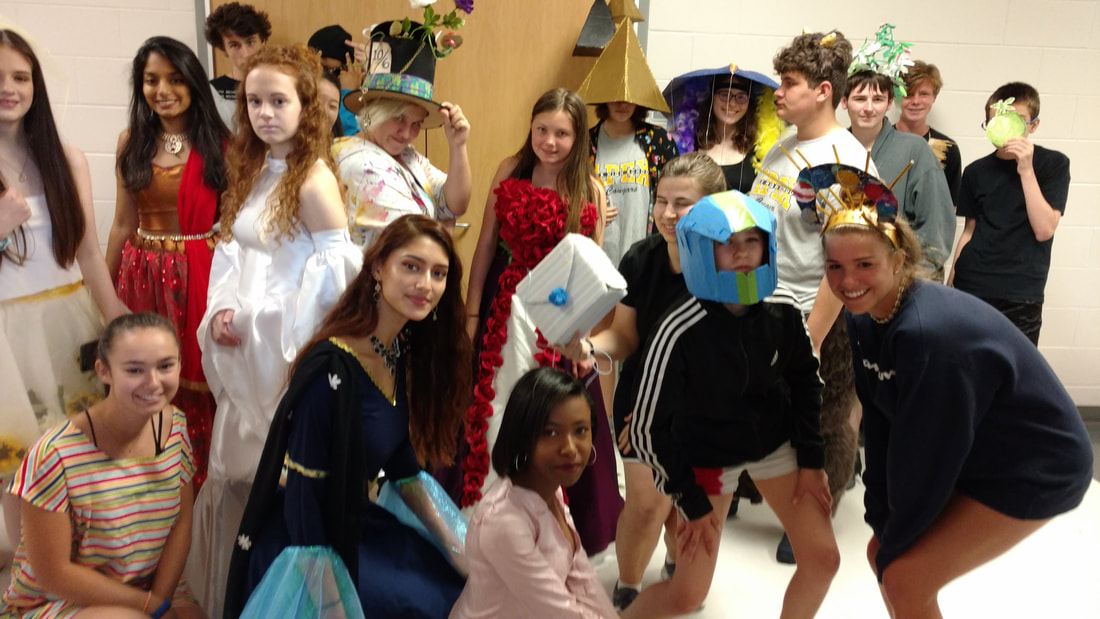 The fashion show crew! The fashion show crew! 'What's the point of art class? The answer probably depends on the teacher. As part of a three person department that represents different philosophical viewpoints and goals I realized that it's very important for me to let my kids know what my educational values are. So I started my new classes with a question: What is good art? "Good" is such a weak-kneed, watered down term for an opinion, in my estimation. I hear "good" used in the context of art and what art should be all the time from students. Is it good, they ask, often wondering if it's realistic enough or if it's finished enough or if I like it. "Good" is problematic, but it's the word I most often hear, so we spent the first part of the first class unpacking it. I asked each table group to make a mindmap of their thinking about what defines good art. The responses (see above and below) were diverse and thoughtful, defining "good" anywhere from aesthetically pleasing, by stylistic/content preferences or by ability to provoke thought and emotion. During this discussion I realized something important; I had been operating under the misconception that many of my students were defining "good" as representational. Based on their responses I realized this was obviously wrong. Maybe, I realized, "good" meant what they thought I wanted from them. Next I shared some of the art I personally enjoy, pictured below. I briefly talked about the personal connection that I have to each one and how they'd been impactful to me. They saw that "good" for me could be a lot of different things. Then I ended the discussion by telling my students that what I want most for them to do during their time with me is to make the art that they want to make, whatever that is. My job, I said, is to help and support you in achieving your artistic goals. Then gave them each a 6x8 paper and asked them to fill it. They did! This lesson felt like a really positive start in a discussion that needs to be ongoing, a discussion where I'm absolutely clear about my goals as a teacher and I listen to the goals my students have. It makes sense that this needs to happen because my kids have had many different visual arts teachers with a range of goals. Some of those teachers are far away in the elementary school past while other are right down the hall. I can't control differences in philosophy but I can make sure I'm clear with students about the how and why of mine.
Identity is my favorite theme to teach. I am constantly trying new ideas in my classroom but year after year, identity is something I make time for (see here and here) because it's powerful, personal and wonderfully open-ended. My students are invested in it for the same reasons, and because identity is such a prevalent force in their lives in high school, as they deal deciding who they are and who they will become. This year I introduced identity differently than I have in the past. On a recommendation by our school's equity coach I started the unit by unpacking the concept of identity by looking at it through different lenses. Students filled out Identity Wheels developed by the University of Michigan, pictured and linked below. After reviewing expectations for the discussion (which important discussions can't happen fairly for everyone without!) I introduced both the Personal and Social wheels, taking time to explain the difference between terms on the Social wheel like "race" and "ethnicity" , as well as "sex", "gender" and "sexual orientation". I asked students to fill out the Personal wheel and the think about the Social wheel as part of planning and processing, filling it out or not based on their comfort level. Next, we discussed the work of three artists (pictured below) using my favorite Visual Thinking Strategy of asking students "What do you see?" and going around the classroom with each person naming something they notice. This open-ended, student directed tool leads to students actively creating meaning based on their personal experiences and connections. After looking, we discussed how the facets of identity depicted on the wheels related to the artwork. This activity hinges on thoughtfully chosen artworks. I always use my "rule of three" when selecting artworks to show my students - two non-white and or non-male artists for every white, male artist whose work I show. I also intentionally featured work that addresses many facets of the Social wheel These works lead to thoughtful discussions about race, ethnicity, gender and how we connect with/ experience disconnect from the objects in our lives. My SlideshowI noticed that students this year understood the concept of identity more fully and were able to speak to social factors of identity, as well as personal ones, with increased confidence. To end this experience each student shared their work in a presentation to their table group, which gave us all the opportunity to learn from and celebrate each other. Working with the theme of identity provides a challenging art experience, but maybe more importantly, it provides an opportunity for students to explore who they are and understand a little more about others and how their life experiences may be different from their own. In a society that is often politically polarized and clouded by bias and assumption, building tolerance is powerful.
I assess daily with a million informal conversations where I give my high school students valuable information through the exchange of conversation. I decided to use this model for more formal, summative conferences to assess the learning that's happened as kids make art around themes I've set. These one-on-one conferences, focused on the art-making process, involve students sharing evidence of learning in three main areas: communication of theme, originality and artistic growth. For an additional 10% of the final grade I ask for evidence about two Studio Habits of Mind; Engage and Persist and Stretch and explore. This is the checklist I've created to capture this. I've noticed many areas of unexpected impact that I find delighting, over the month this assessment has been in place. One change is in communication. I've stated much more clearly what I want as well as what I value from students. They, in turn, understand clearly about what they are being asked to do as they develop their own ideas in the studio using my Artistic Thinking Process. Conversations are shifting from "is this done?" to "is this original?" or "have I communicate my theme?". As they're working in the studio kids are reflecting on how they're progressing towards mastering the learning goals captured in the checklist! Where I've seen the most impact is with students who were struggling with learning goals. These two drawings were created by the same student for the theme "Persuade Me". I had talked to him many times as his work was in progress, but when we sat down for our assessment conference and he saw that he was unable to provide evidence that his work was original, that it communicated the theme or that he showed growth it became clear to him that needed to do more. The second image shows huge growth - he's visually stating an argument for guns as protection and it's much more original that his previous work because he's combined resource images. I've also noticed a huge shift with motivation in students who previously stopped when they achieved "good enough" or encountered challenges. The student who created the image above changed his work habits drastically after our first conference. He pushed himself by learning the new process of creating a stencil and spray painting. Then, when the final image wasn't what he hoped he problem solved and took a risk to make improvements, creating a work he was truly proud of. This new assessment has given me the tools to clearly explain to students what achievement looks like in my TAB classroom in a way that supports investing the the process and making independent decisions. I thought I was developing a way to grade, but what has happened has gone much beyond that and shaped the culture of our studio into a place where artists are empowered to follow ideas on a journey.
|
Mrs. PurteeI'm interested in creating a student student centered space for my high school students through choice and abundant opportunity for self expression. I'm also a writer for SchoolArts co-author of The Open Art Room. Archives
December 2019
Categories
All
|
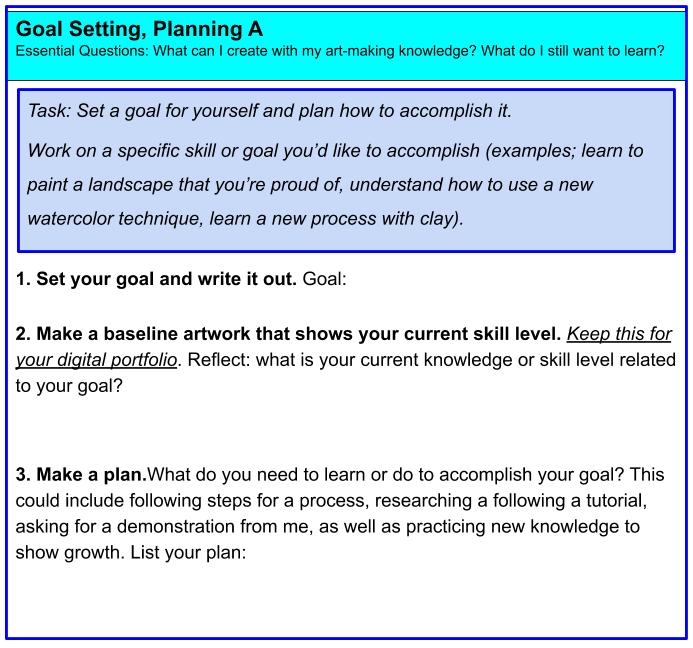
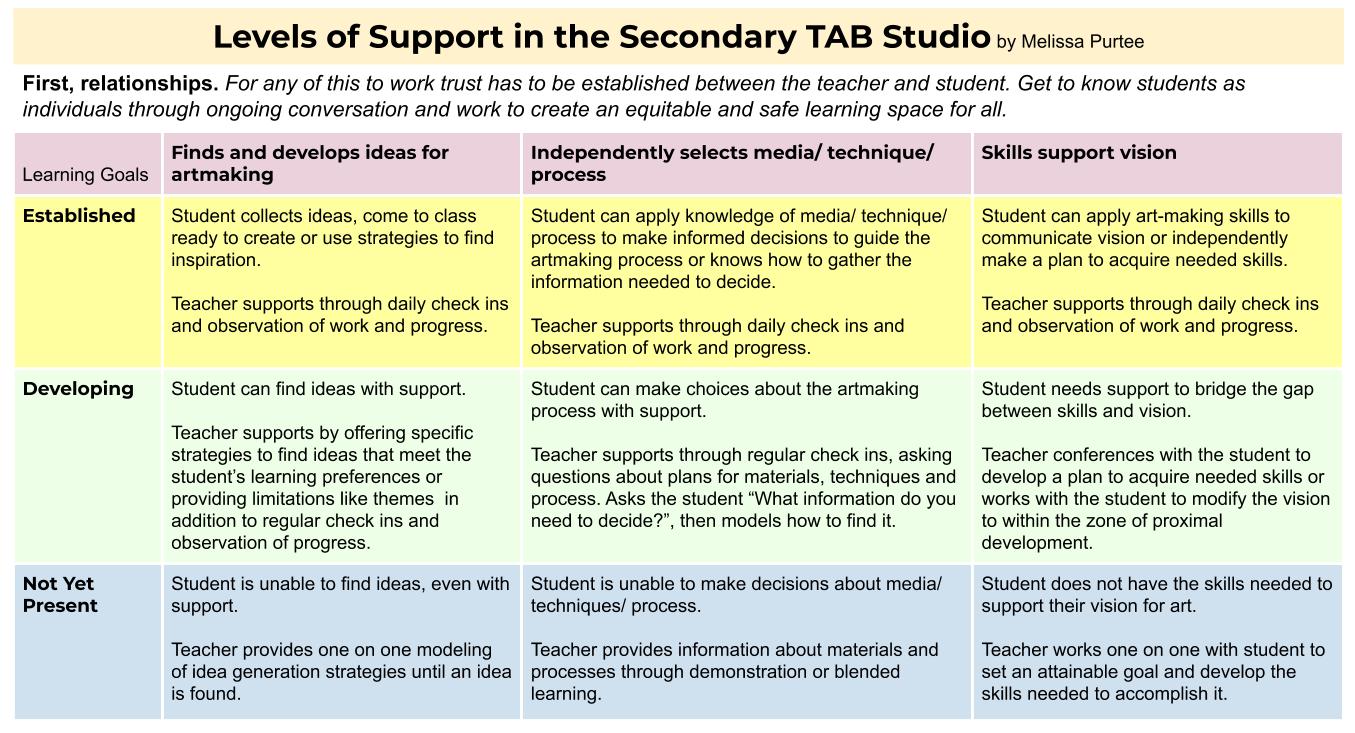
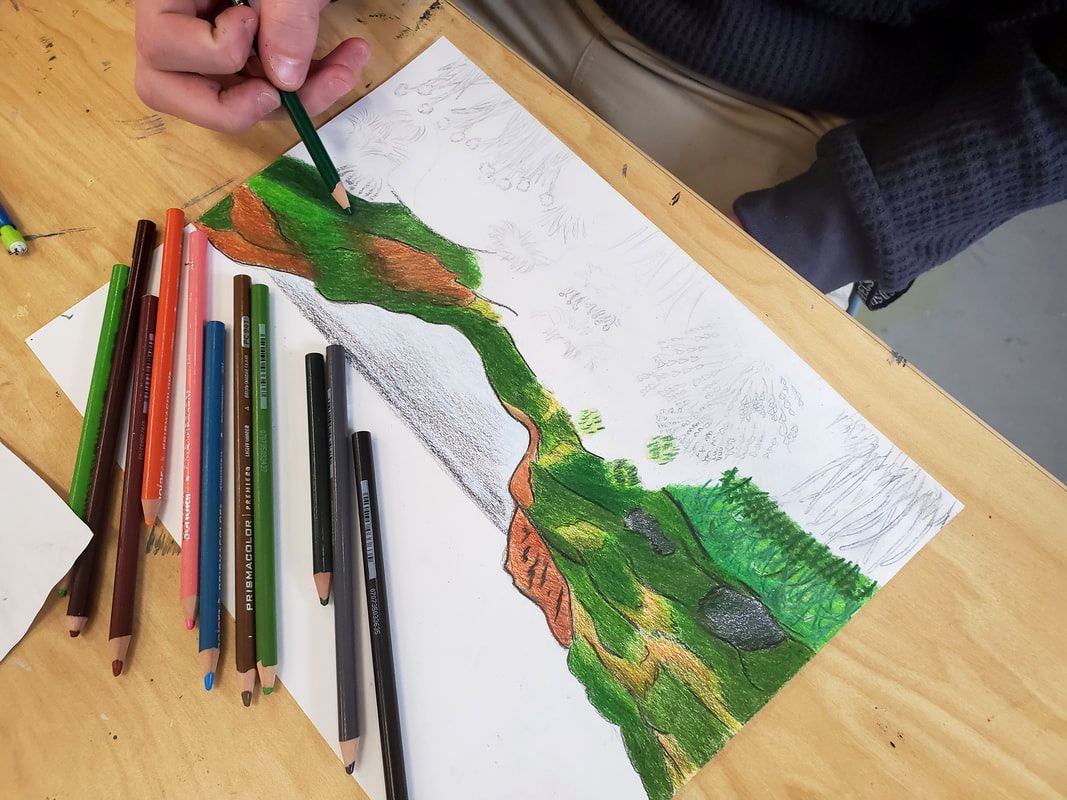
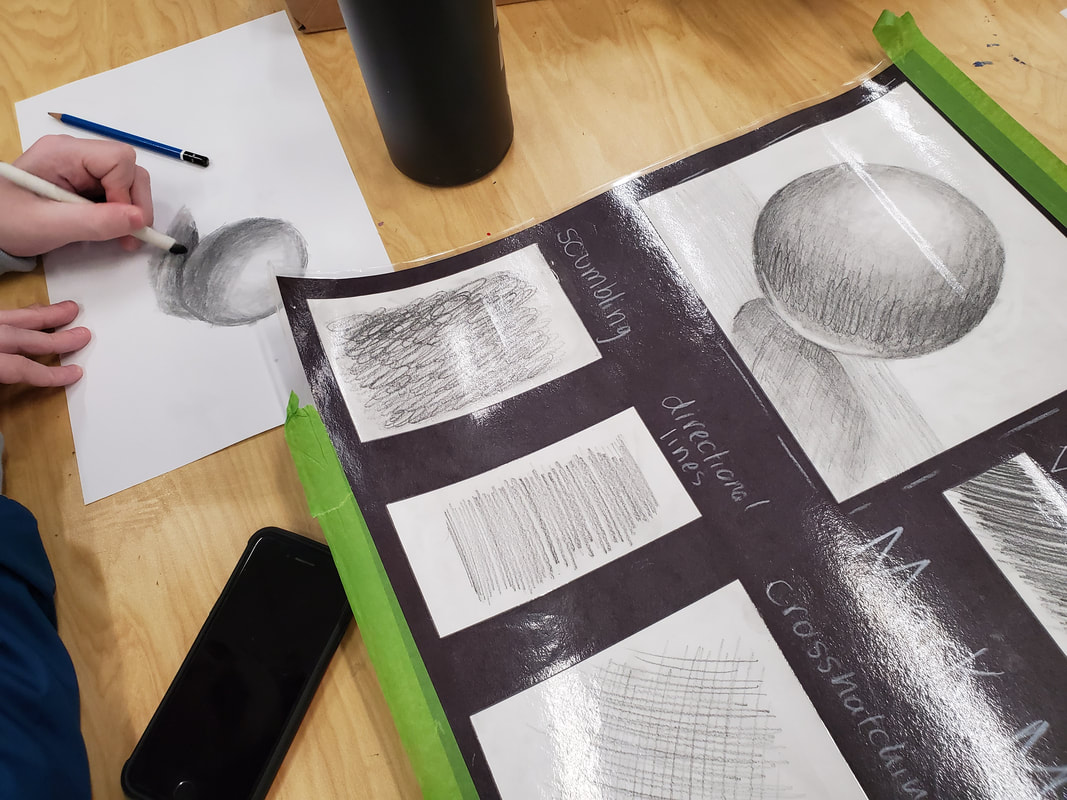
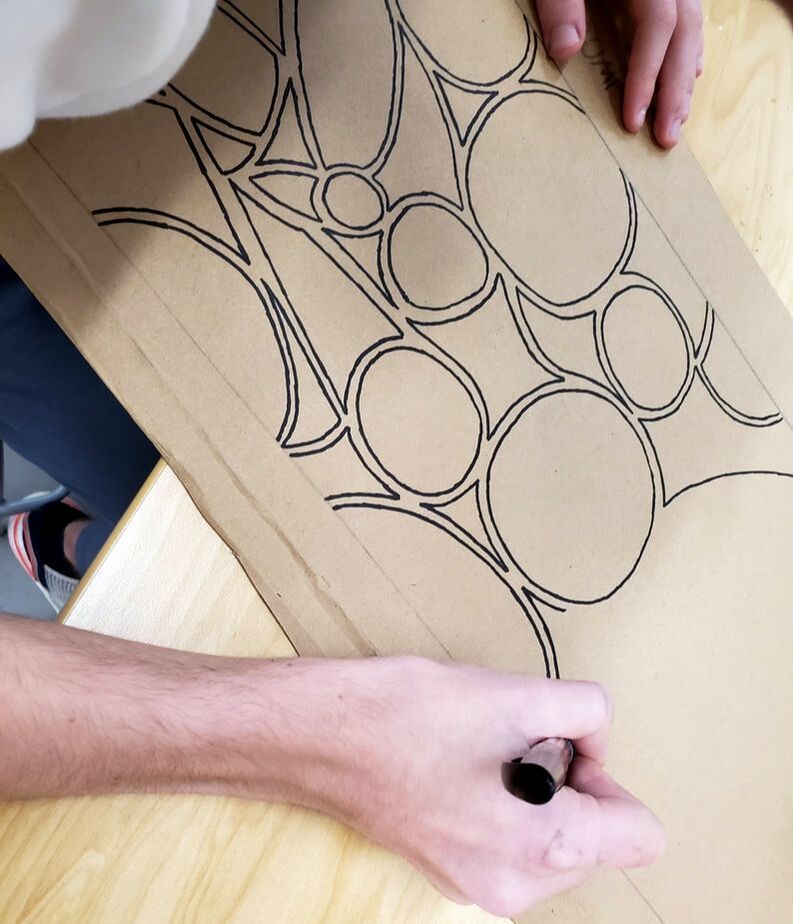
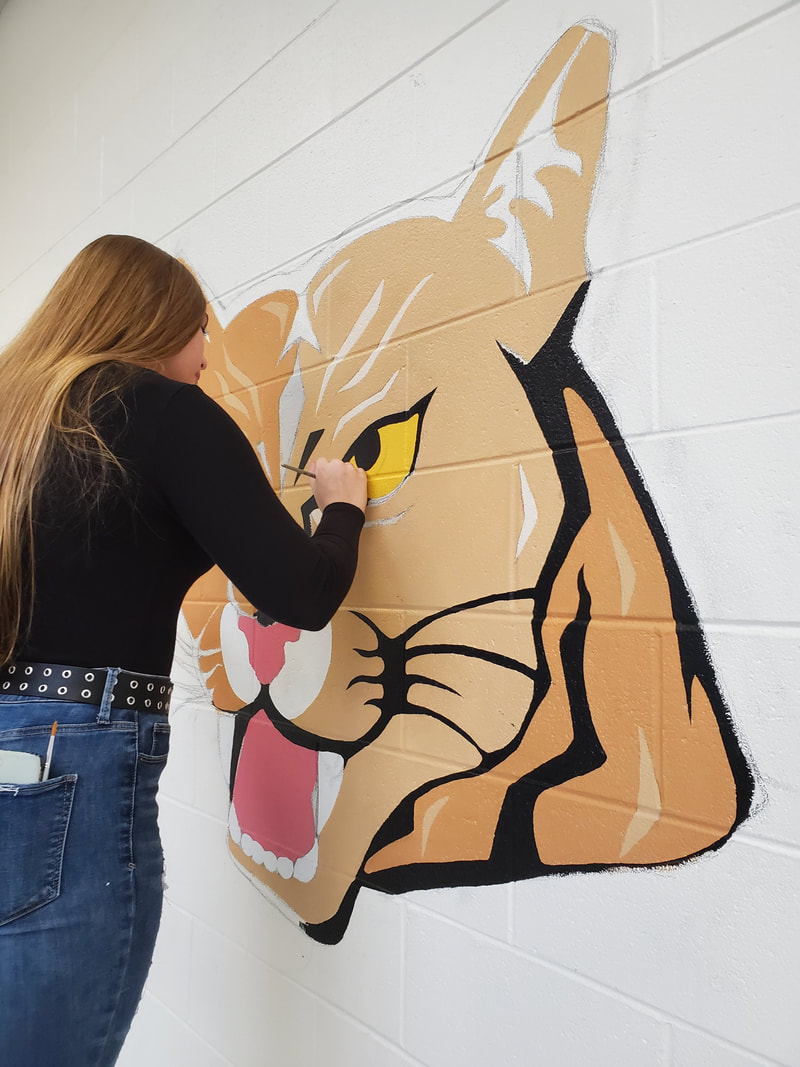
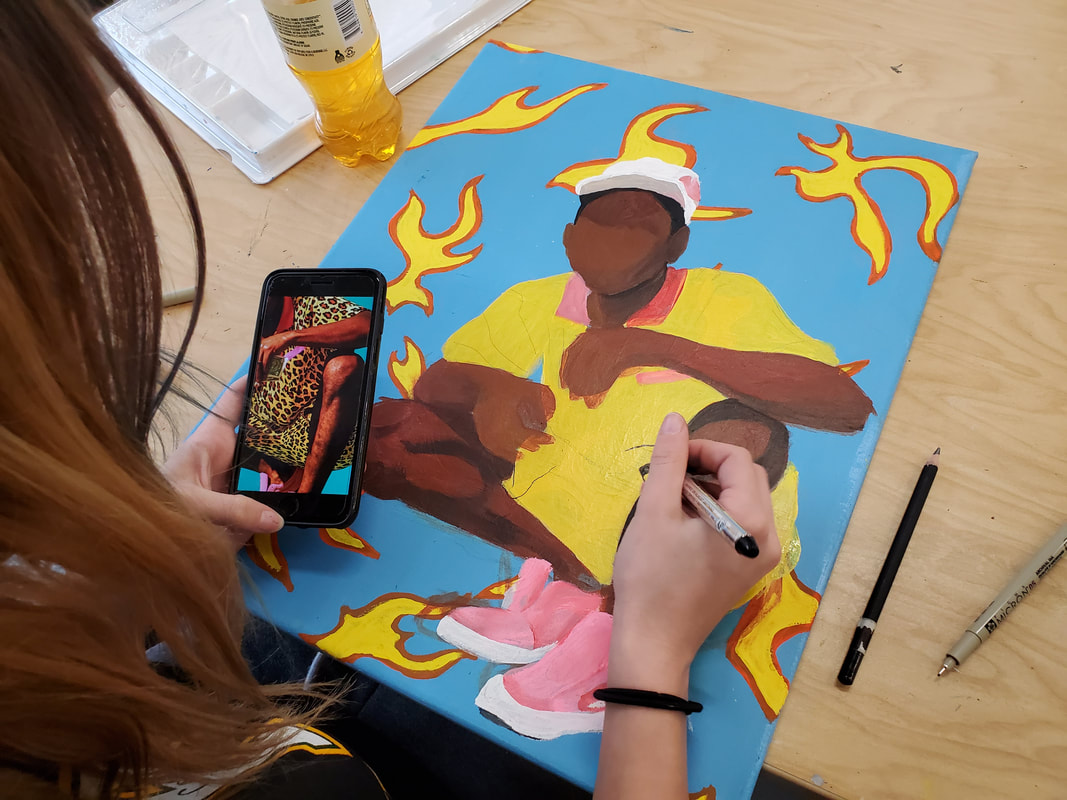
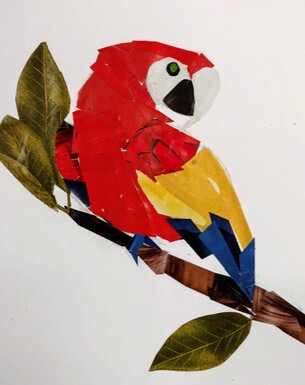
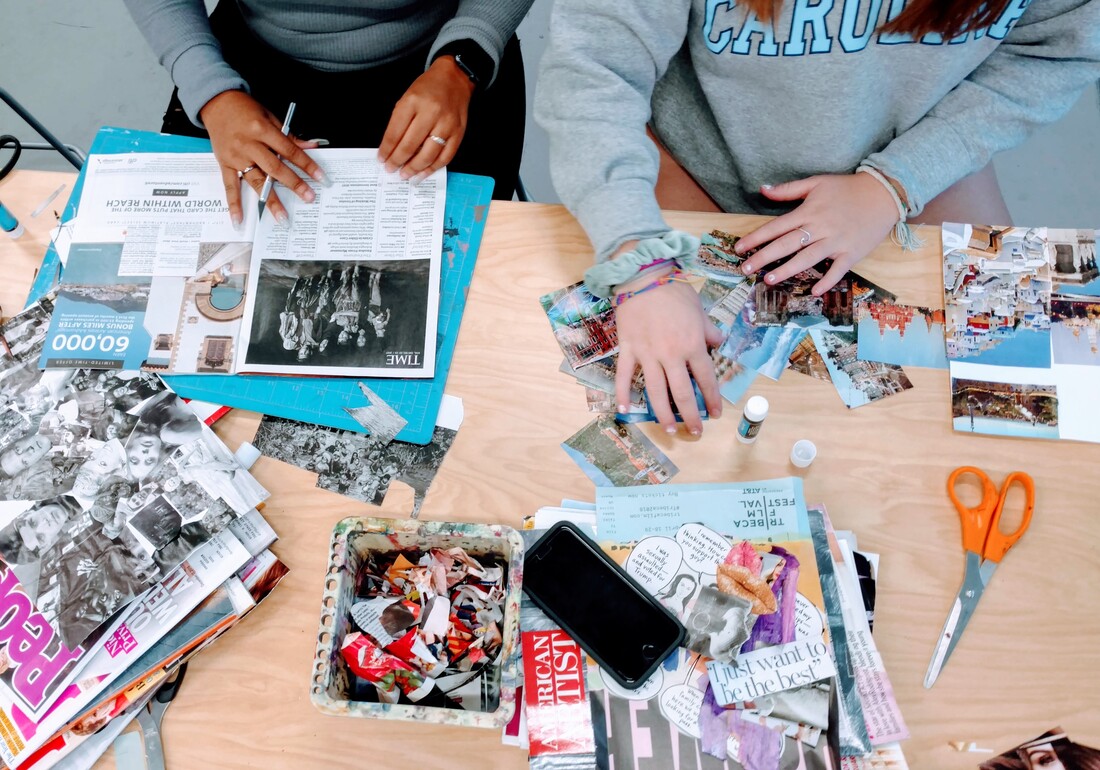
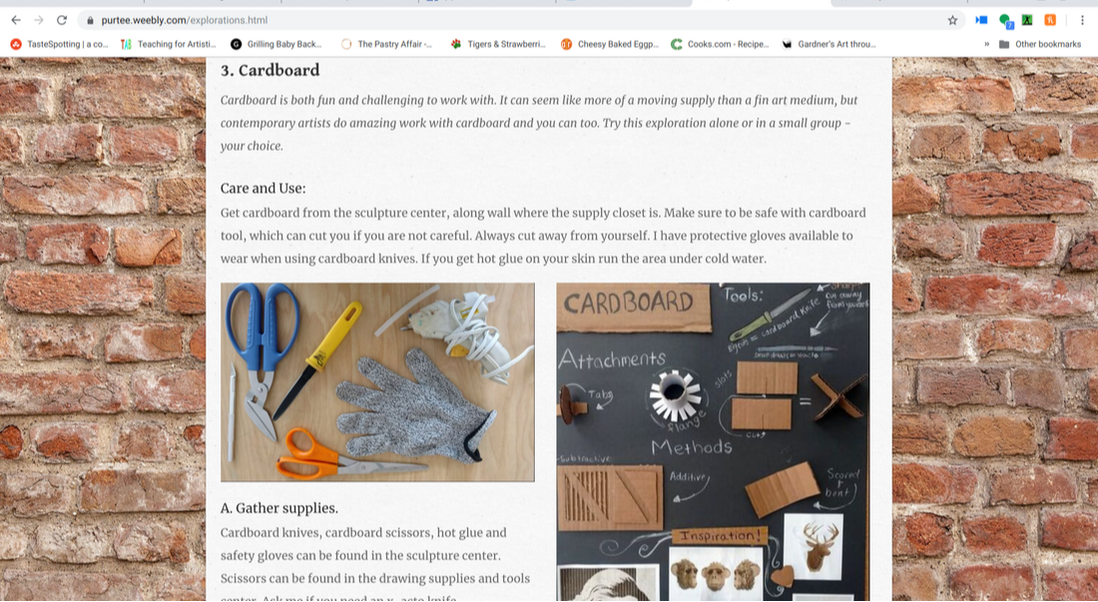
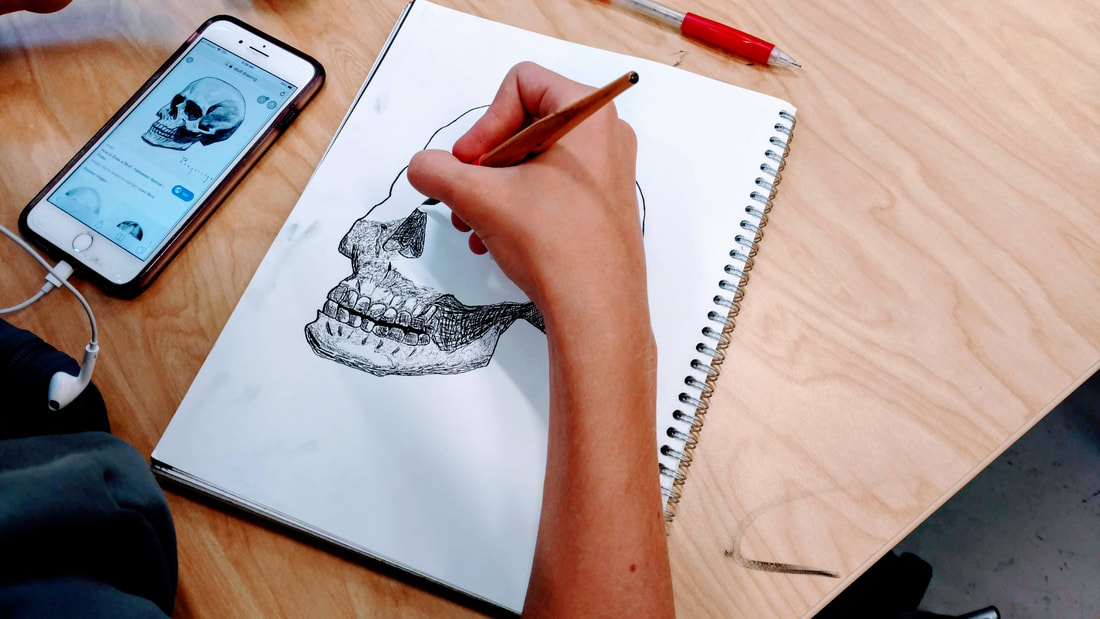
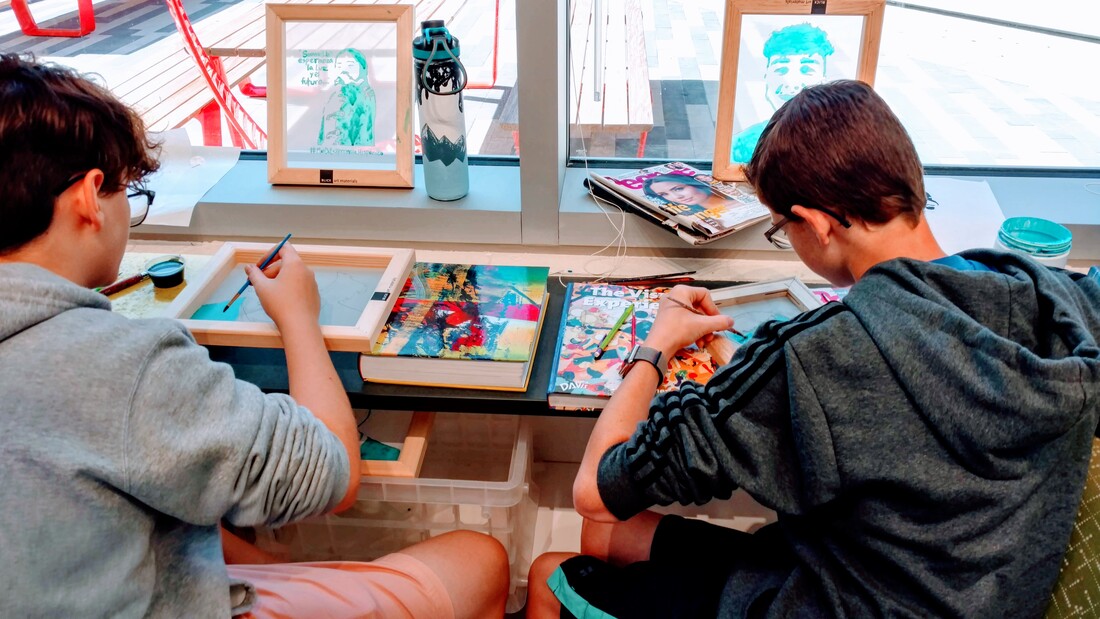
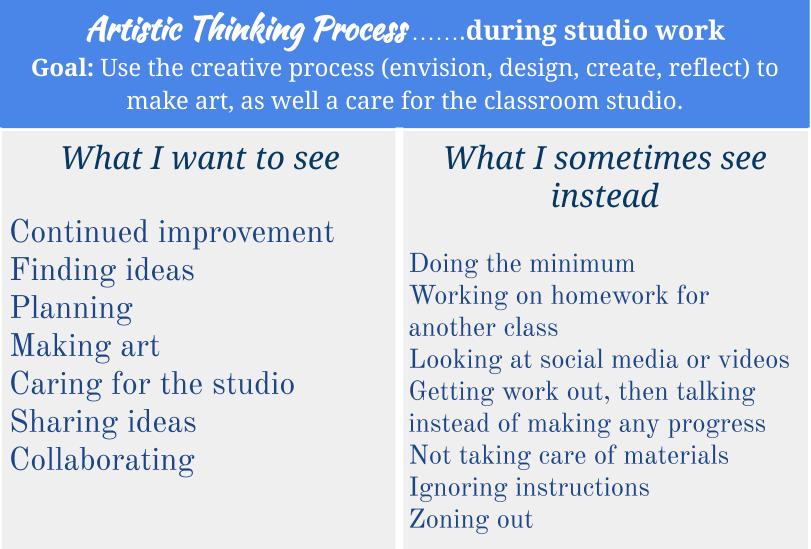
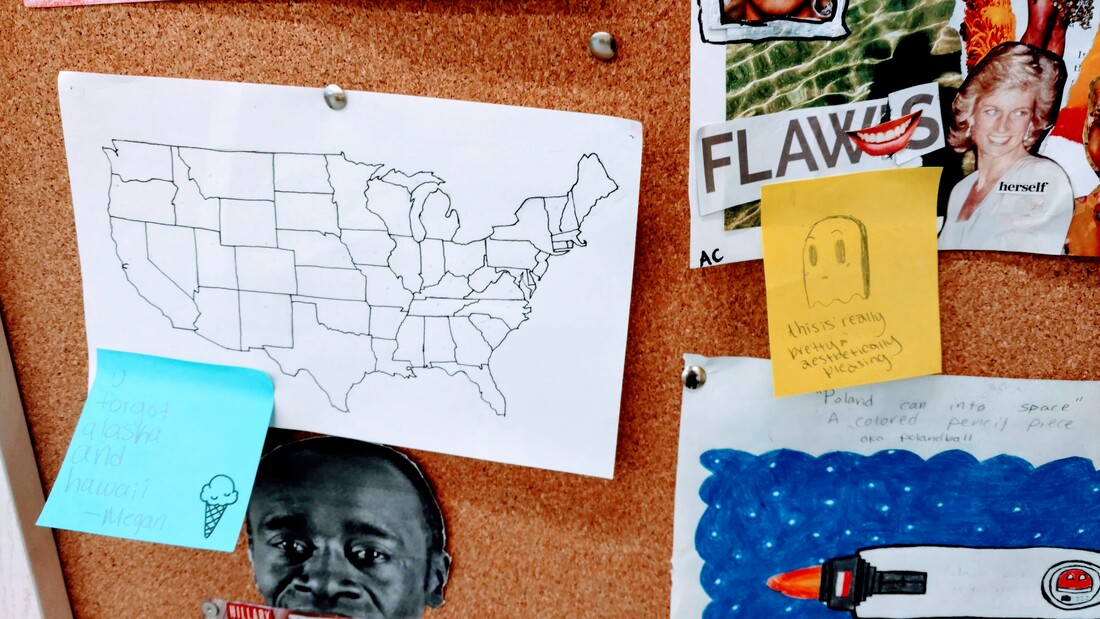
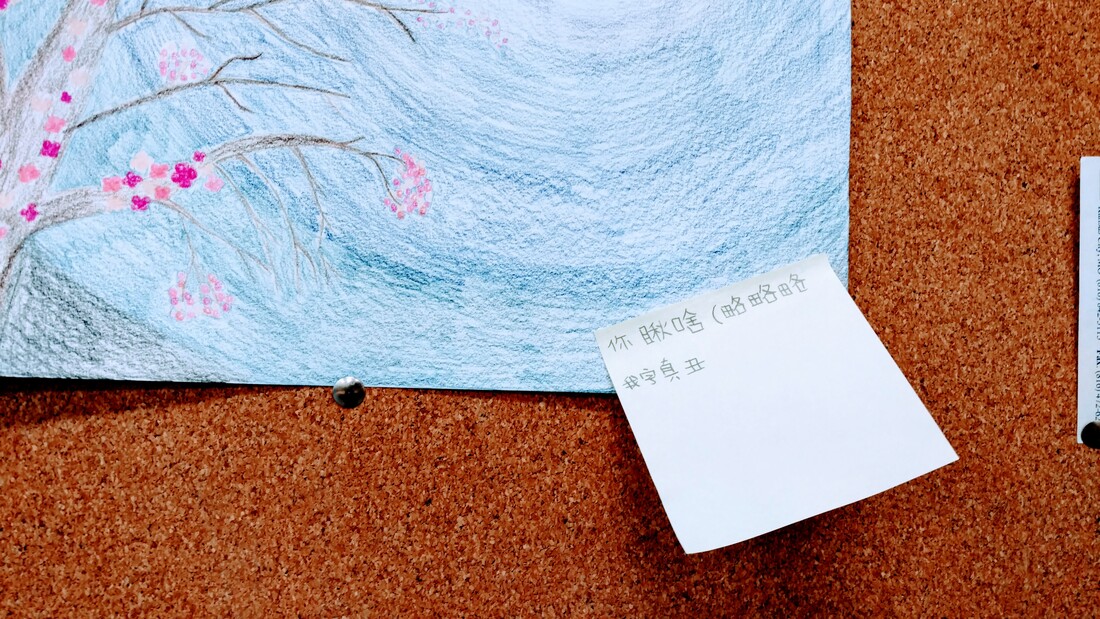
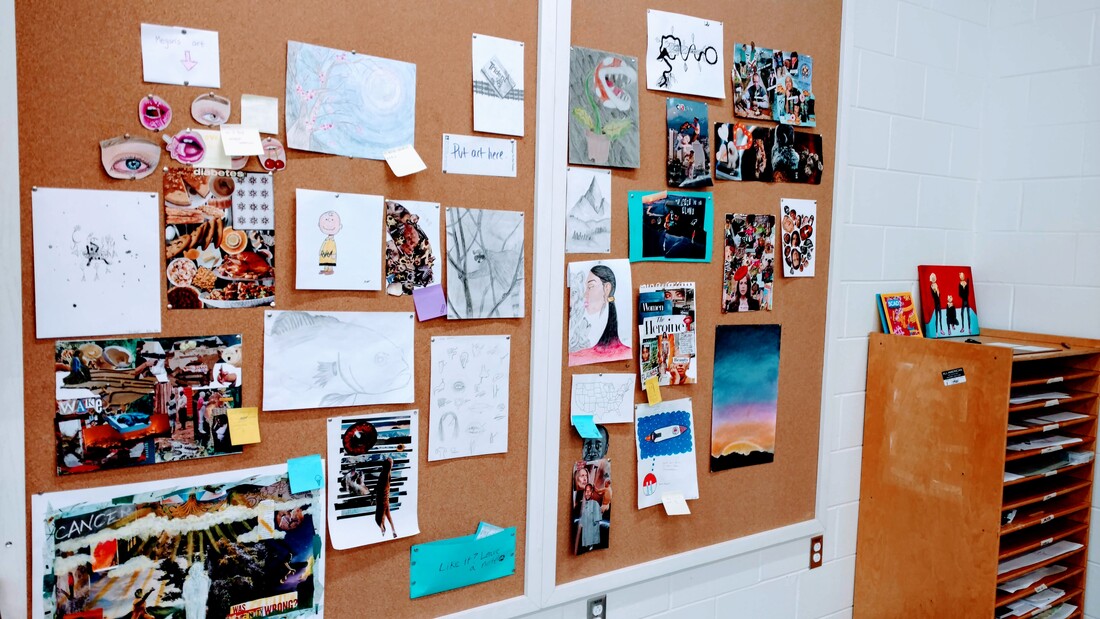
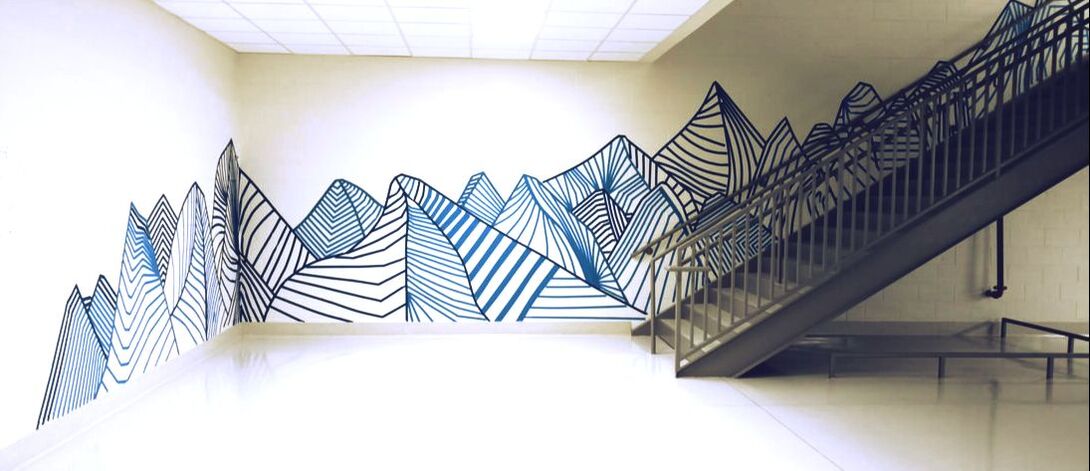
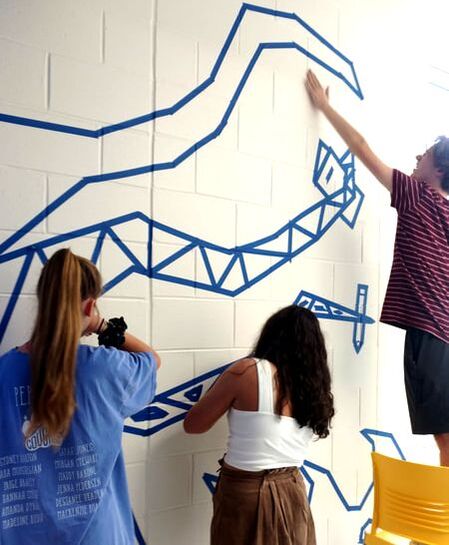
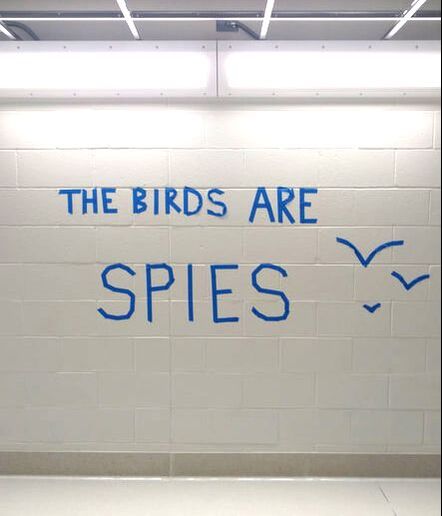
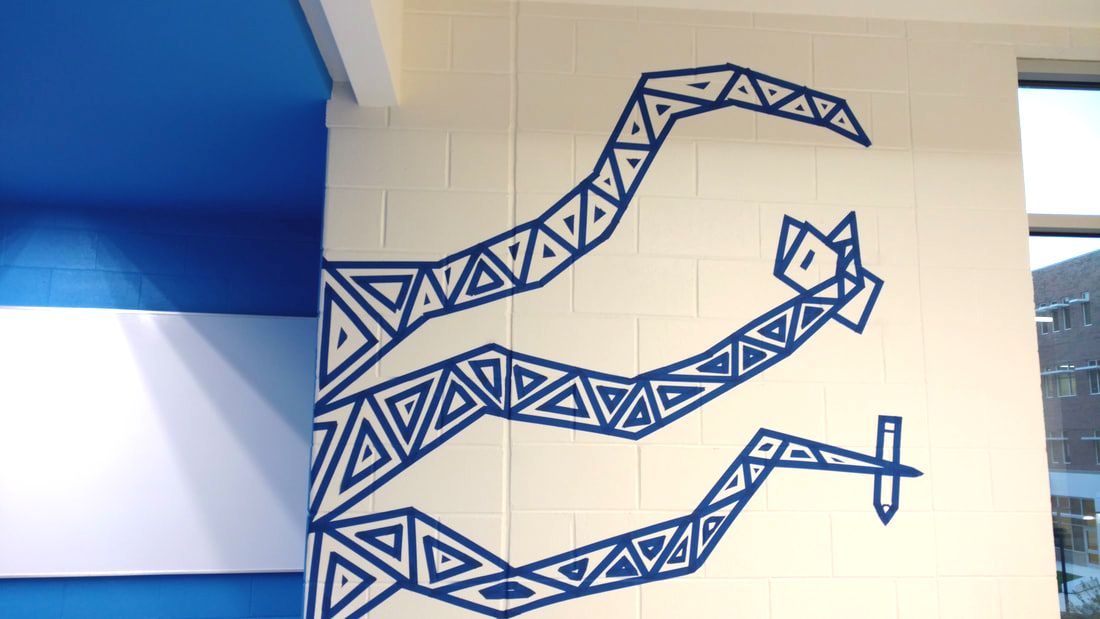
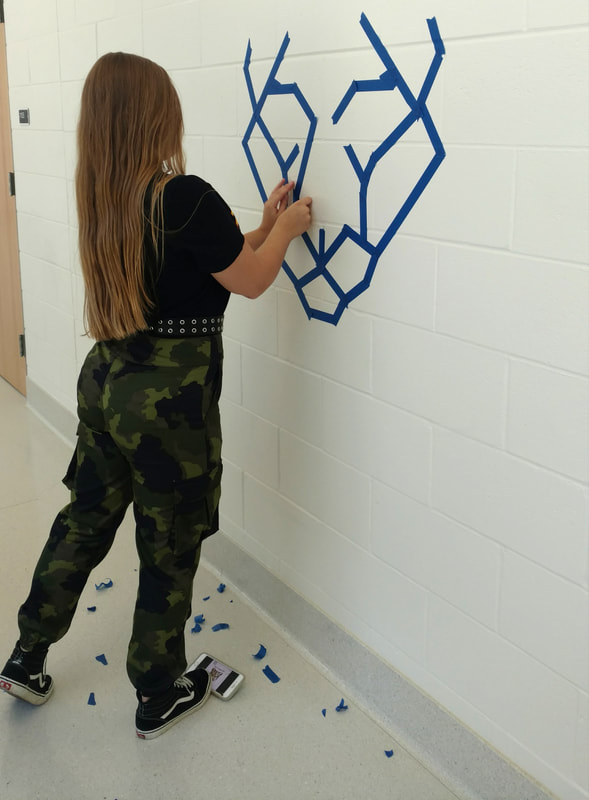
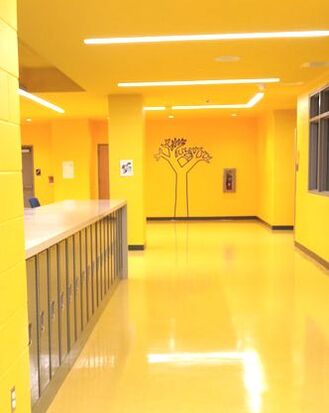
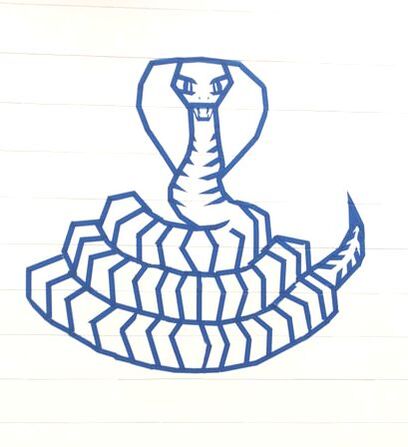
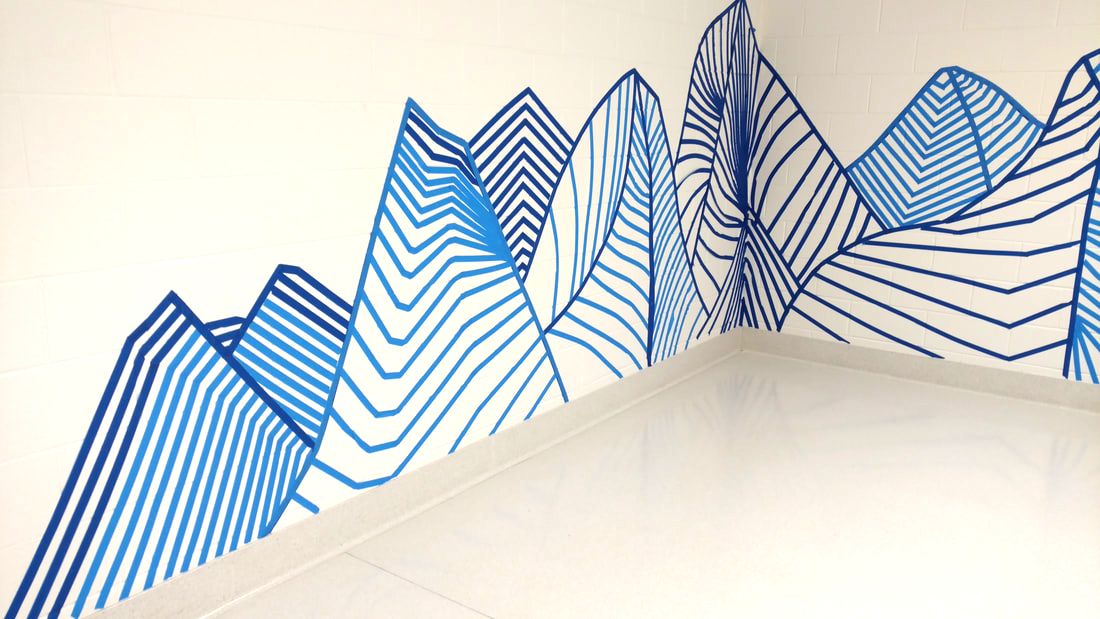
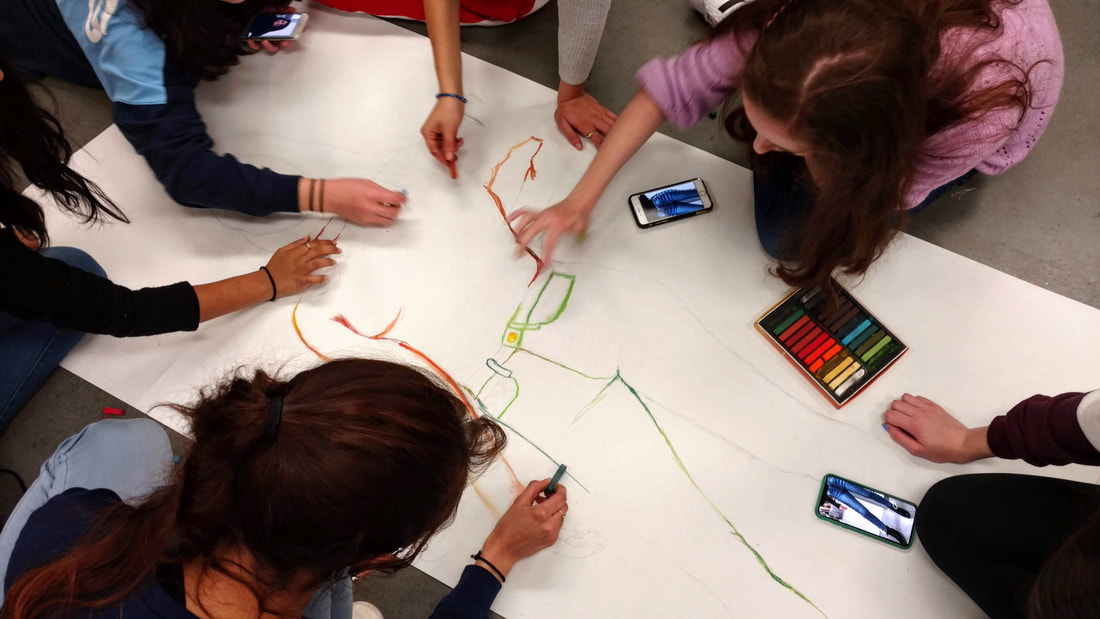
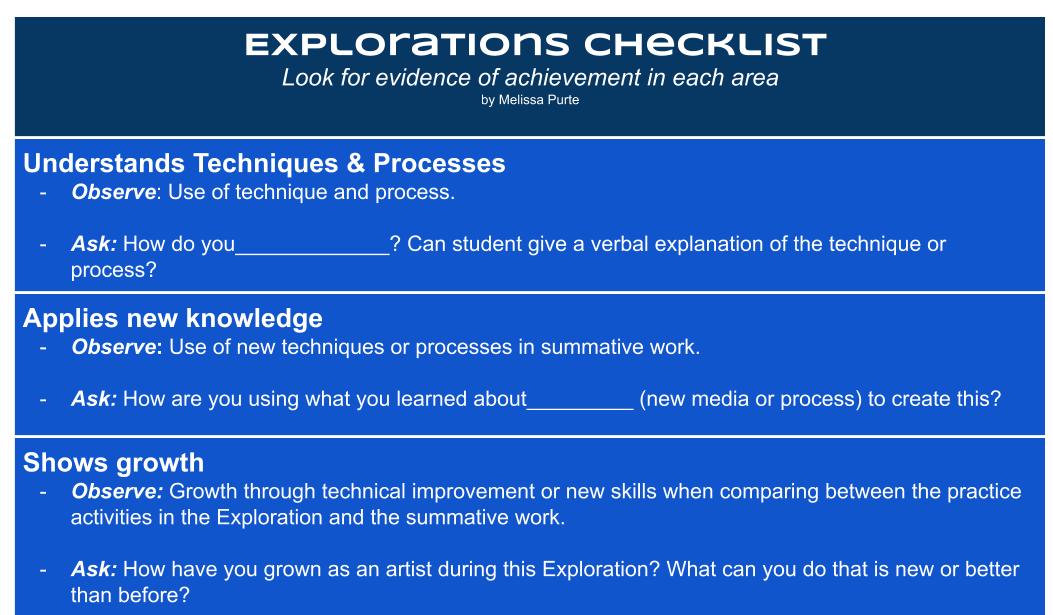
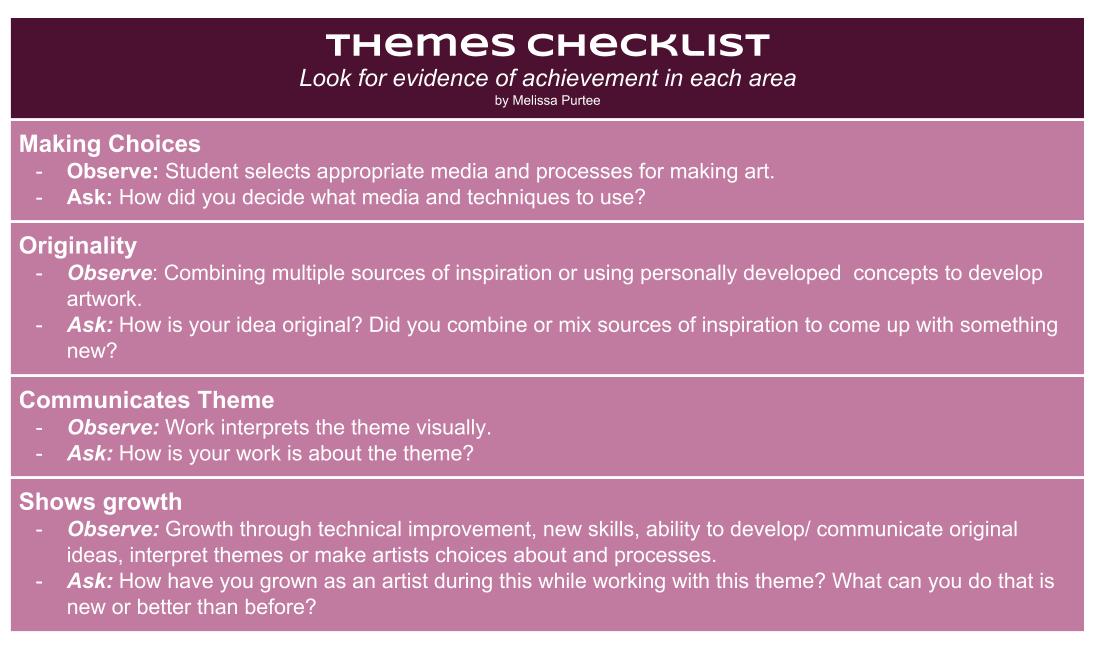
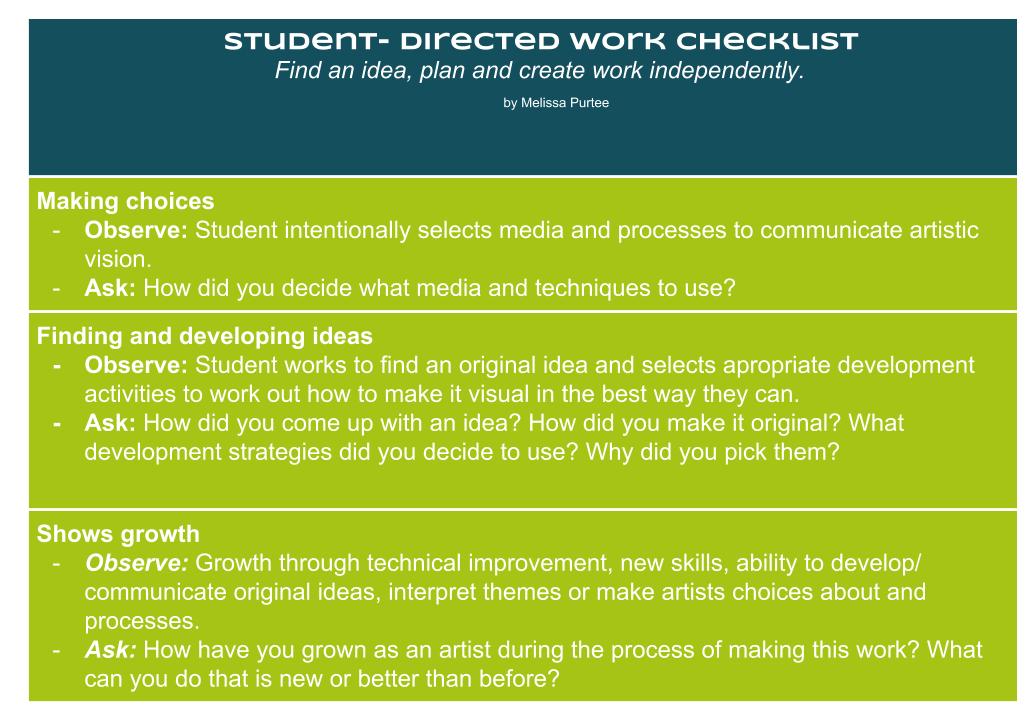
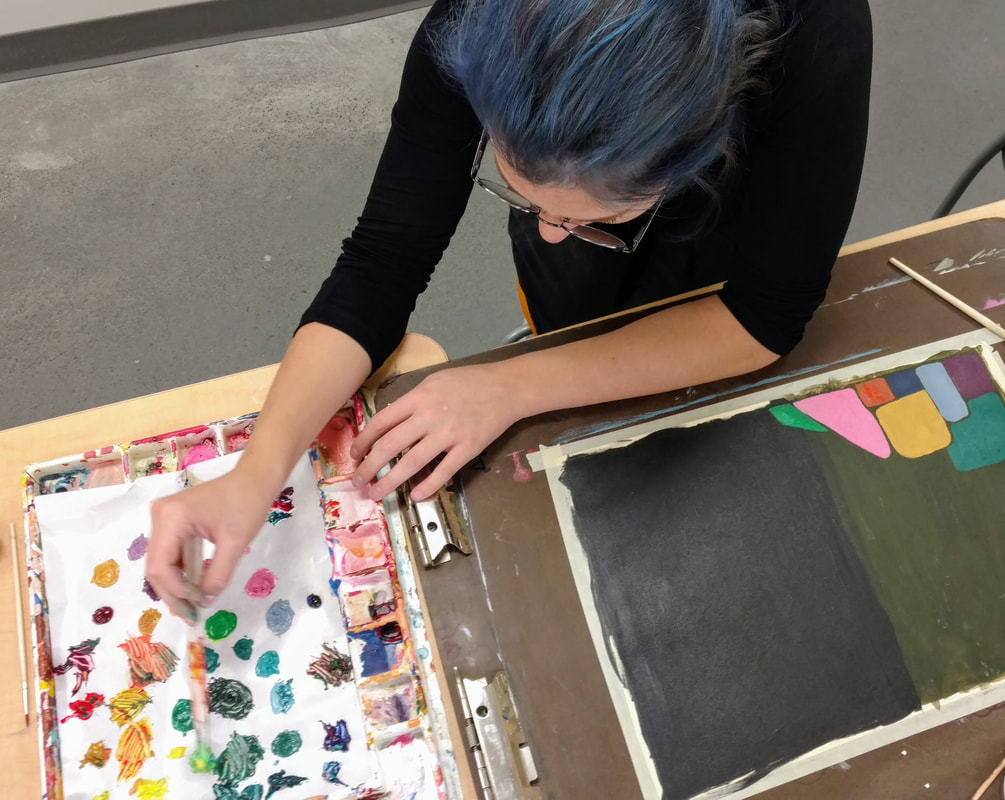
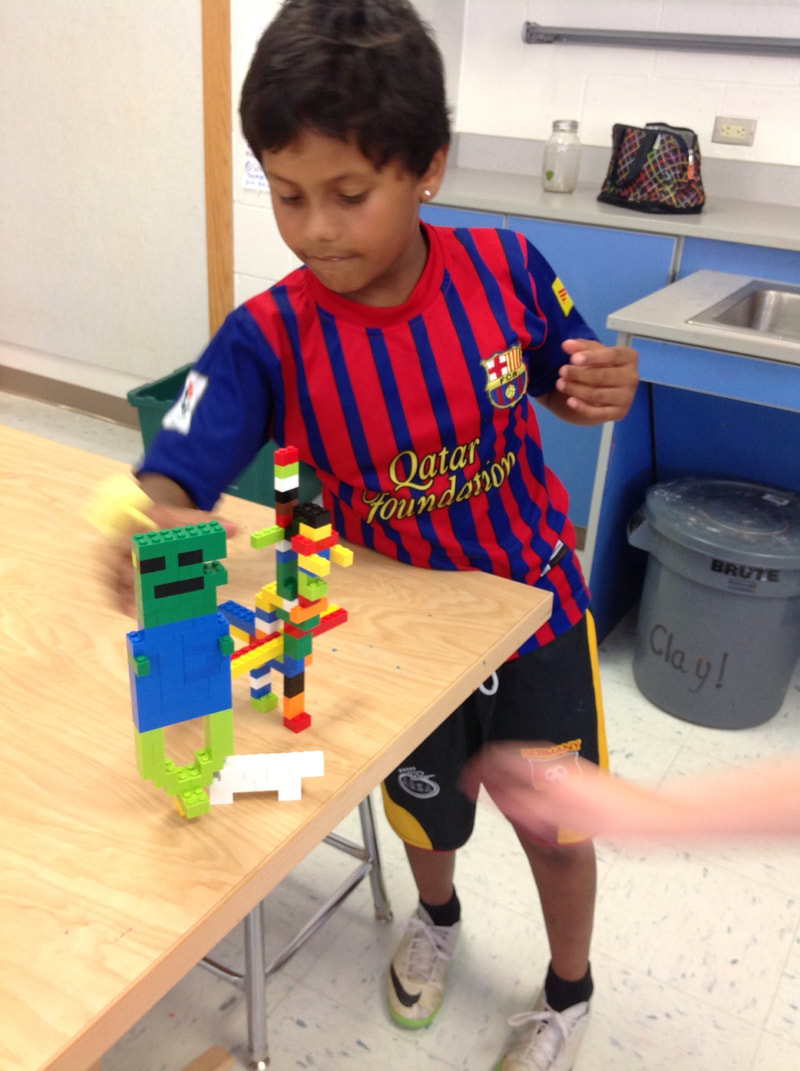
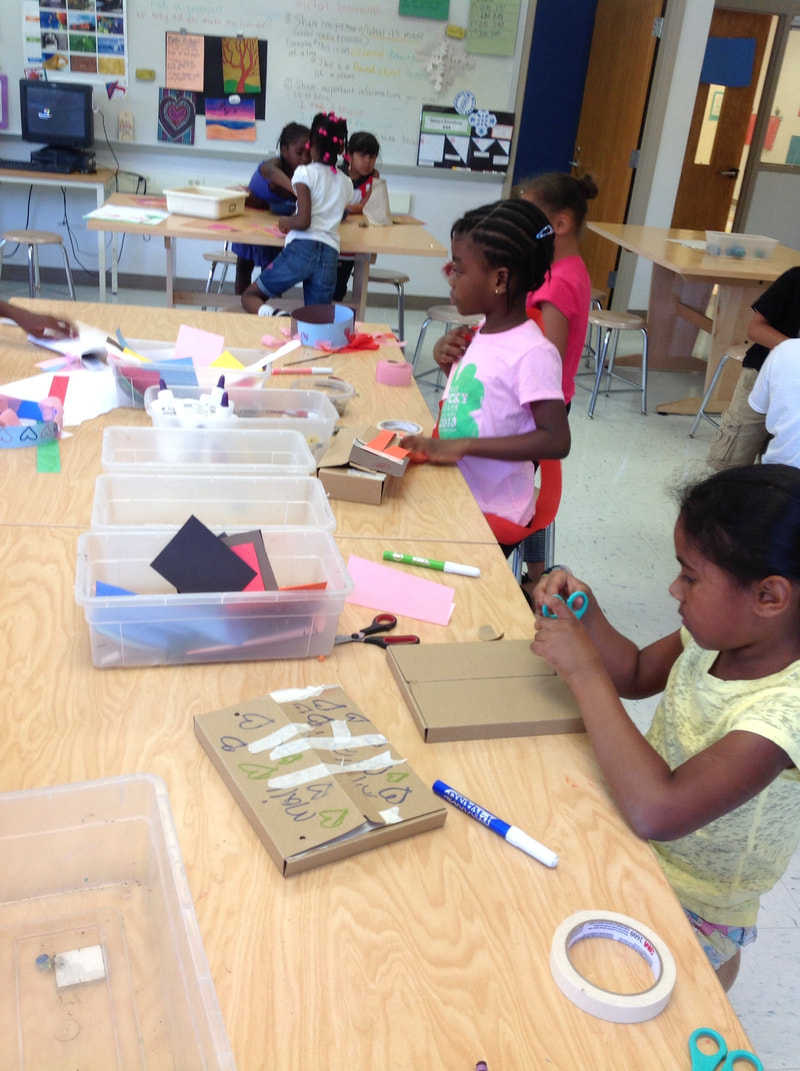
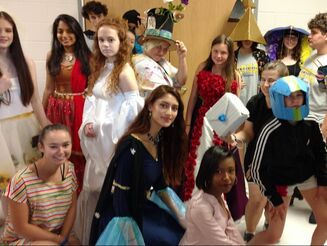
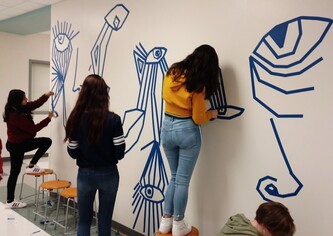
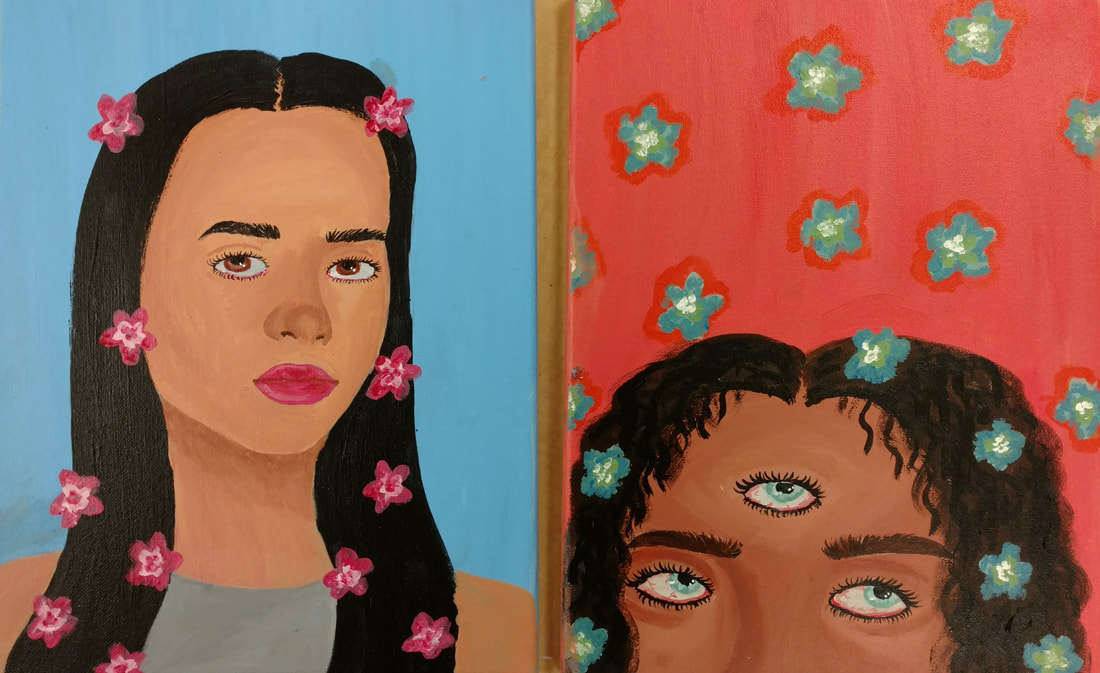

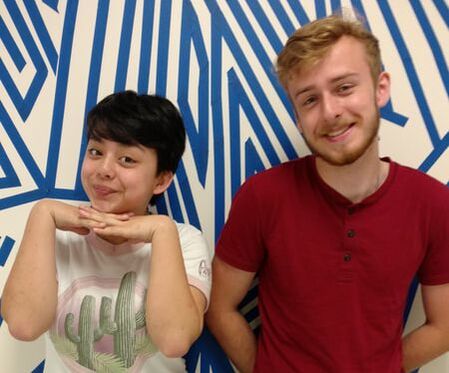
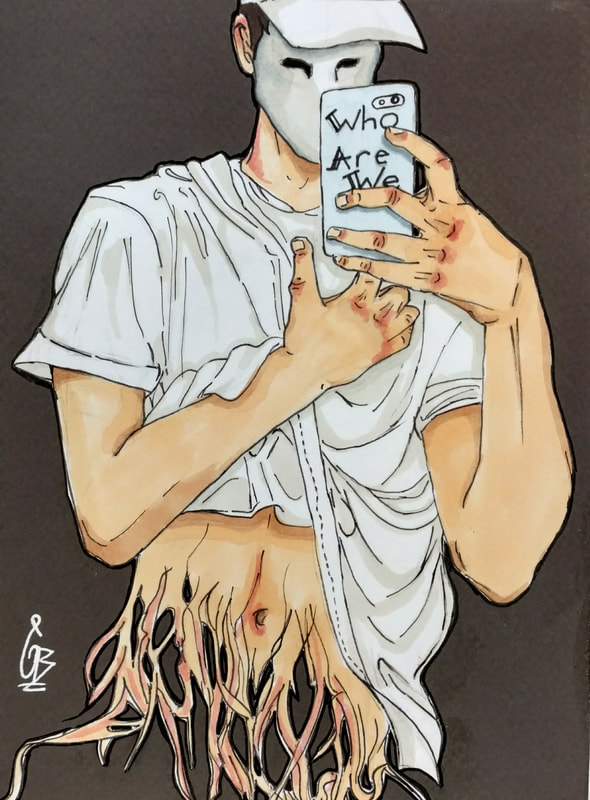
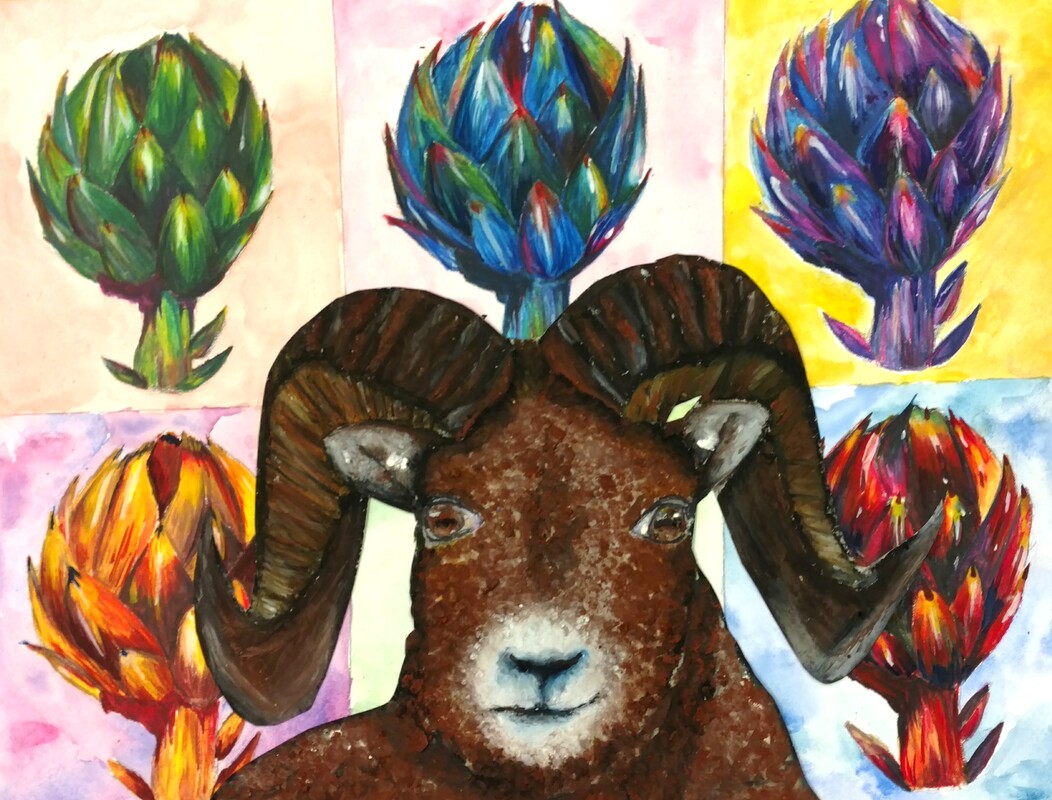
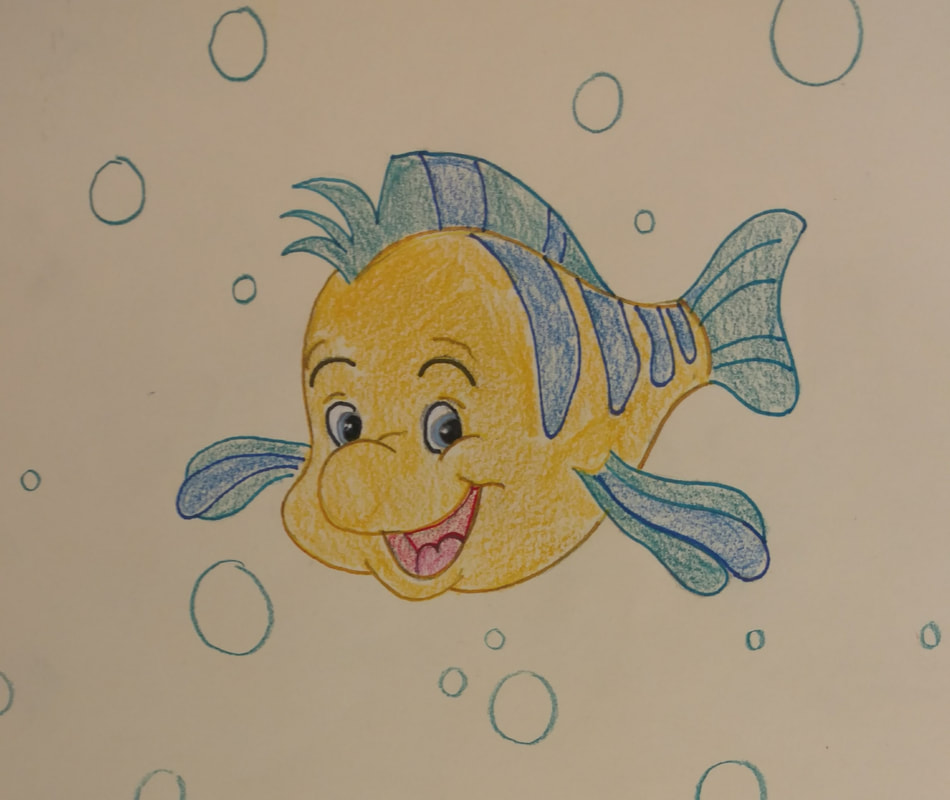
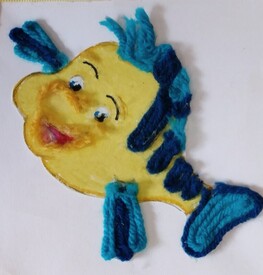
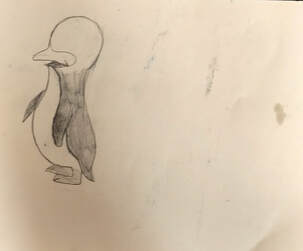
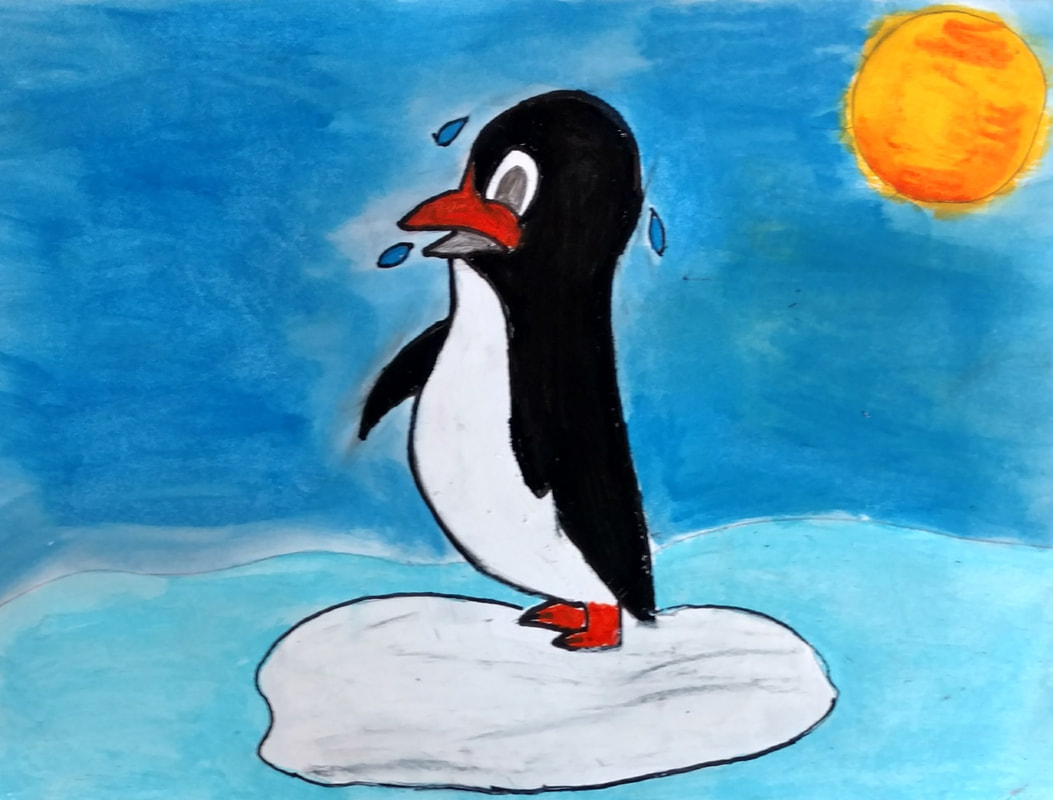
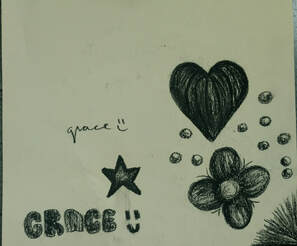
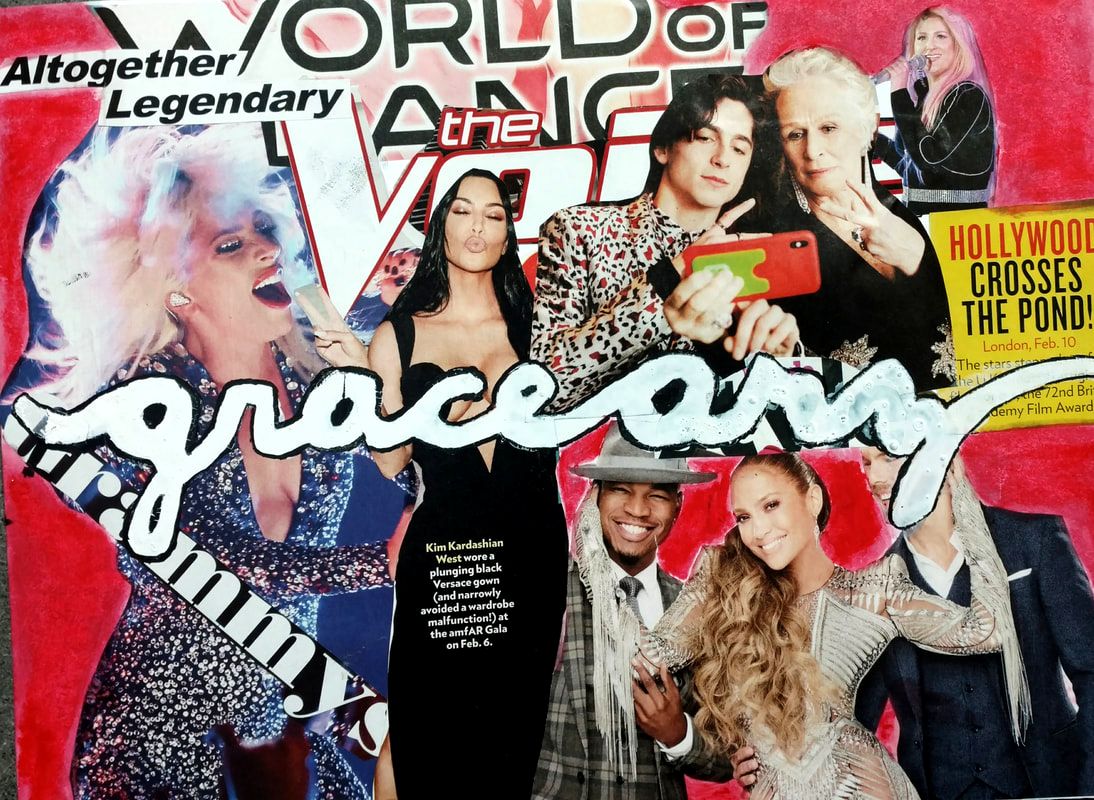
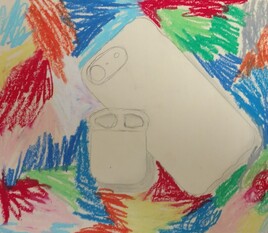
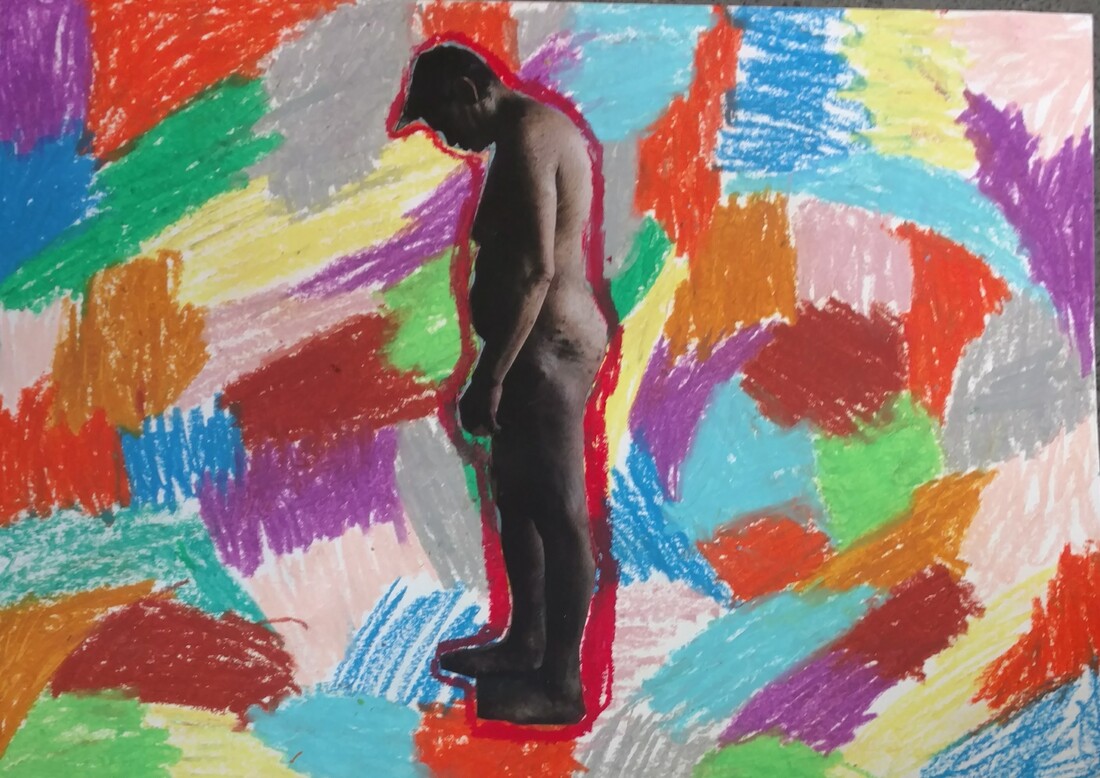
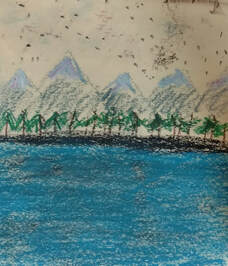
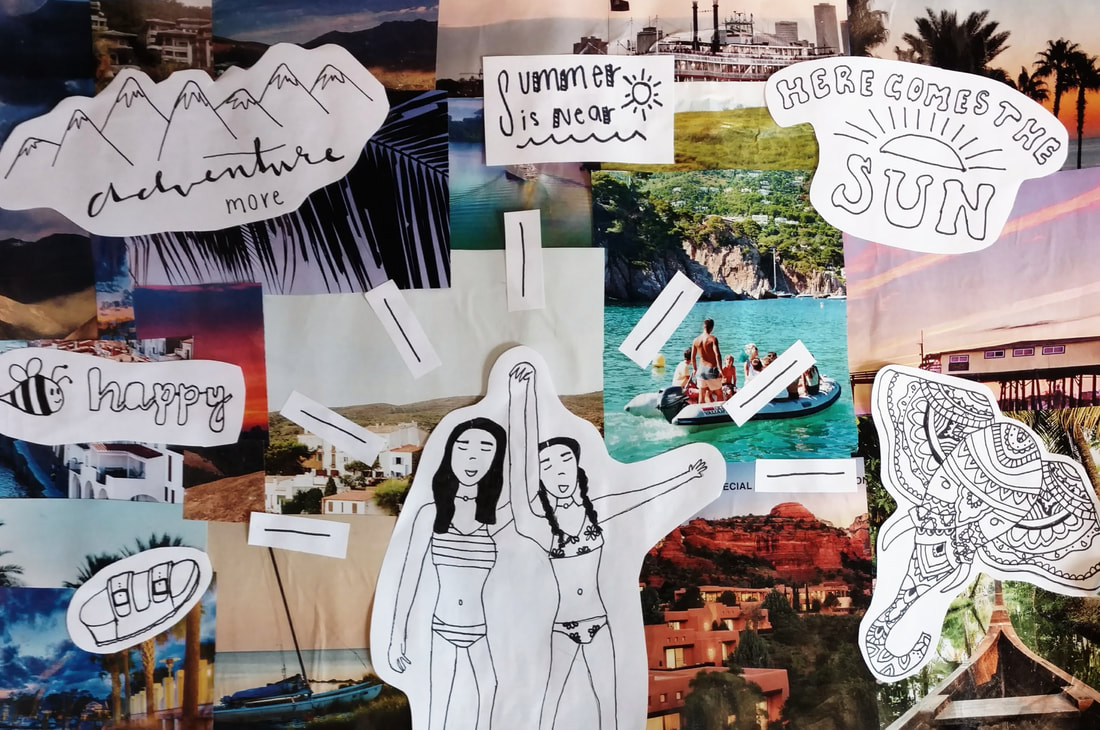
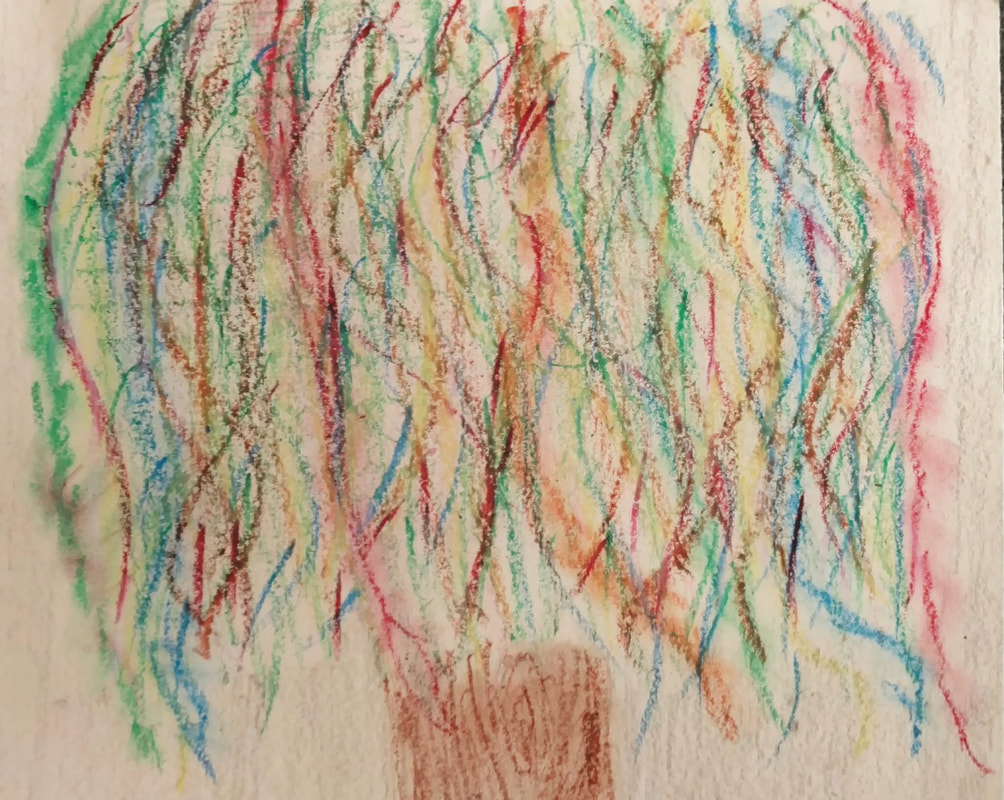
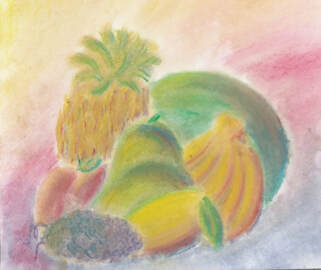
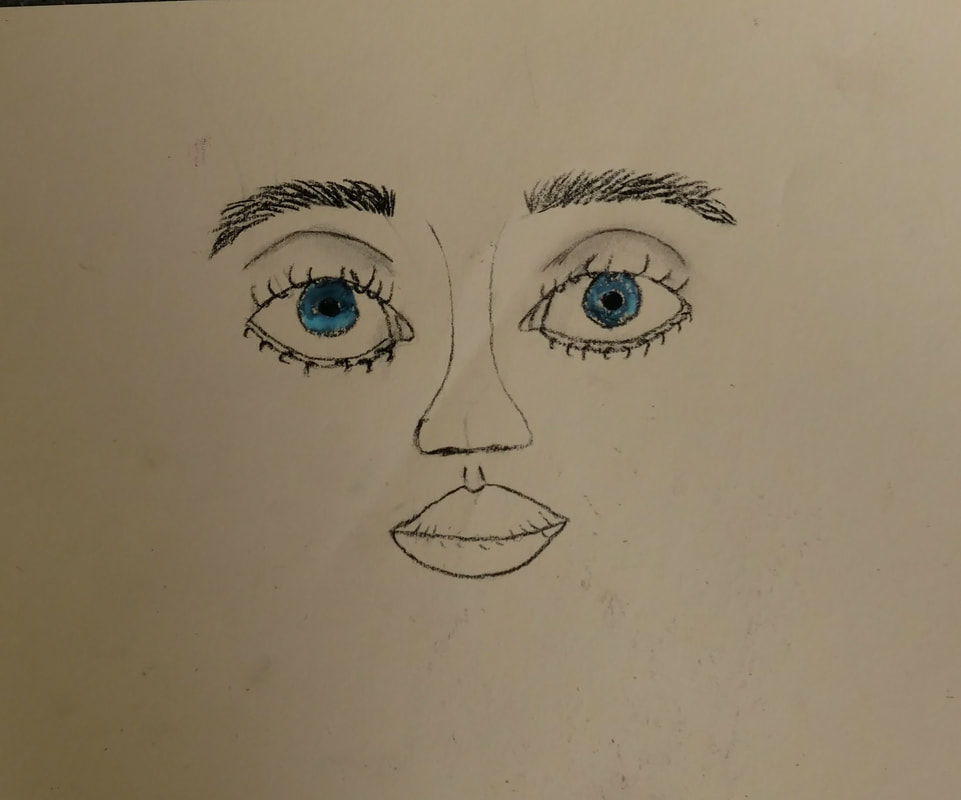
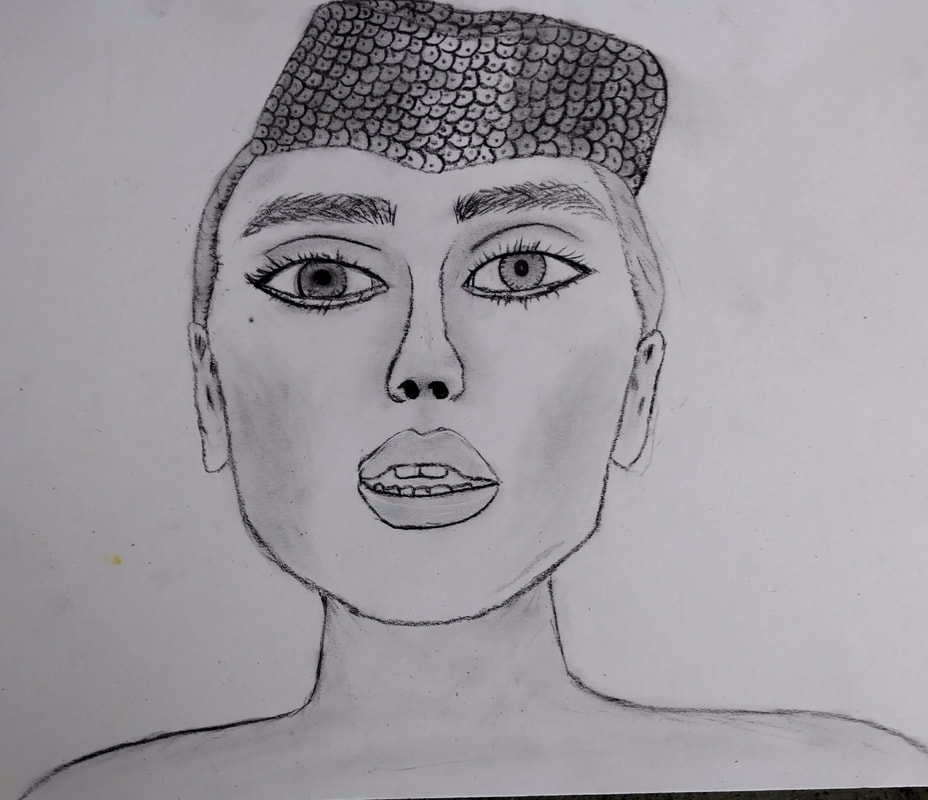
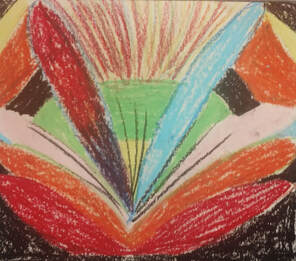
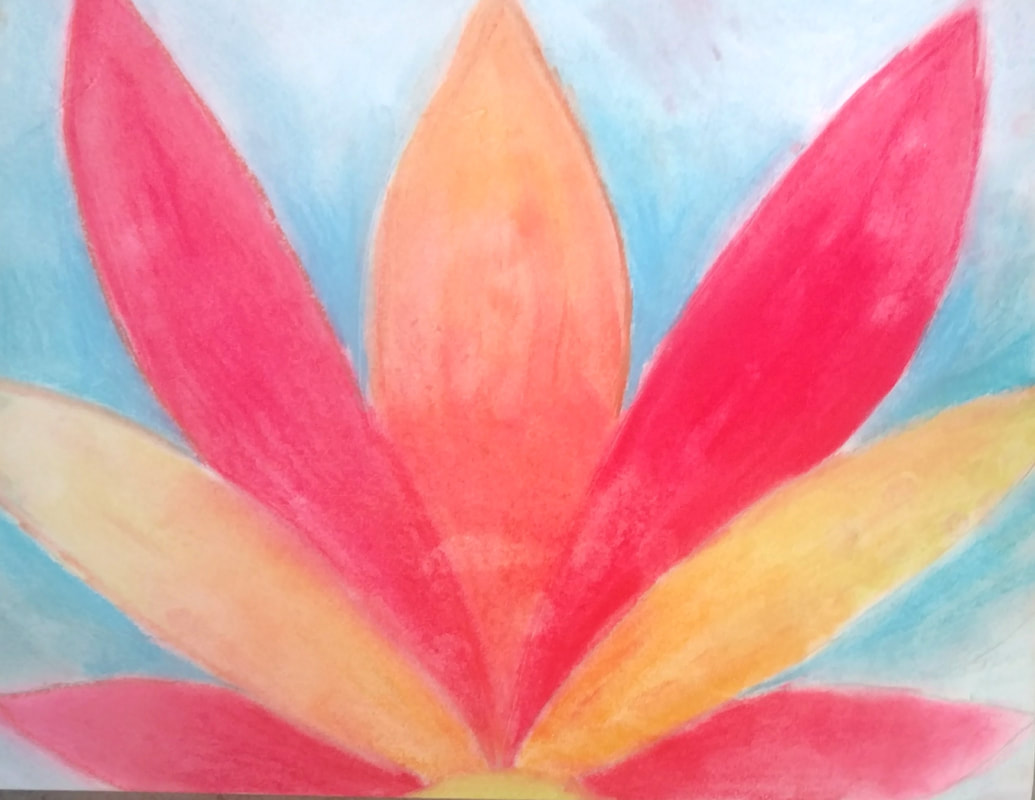
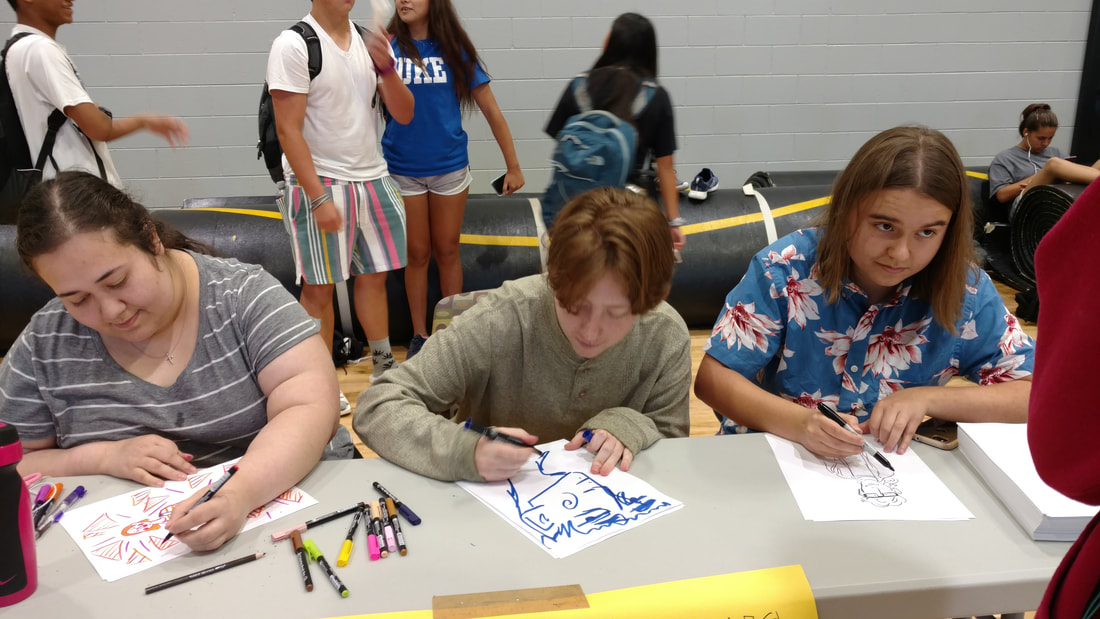
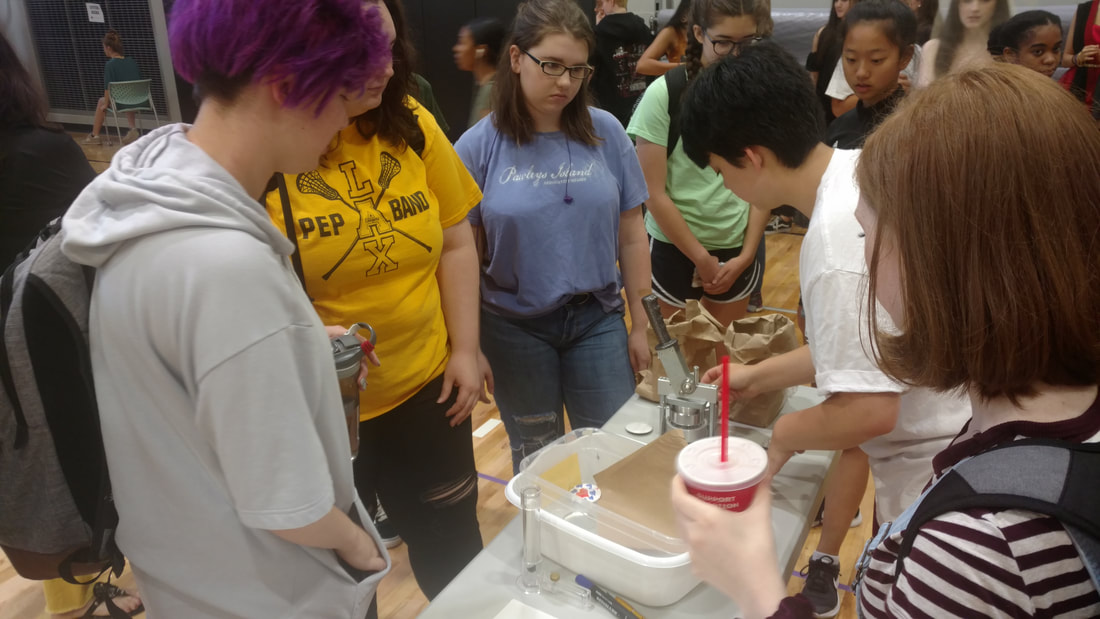
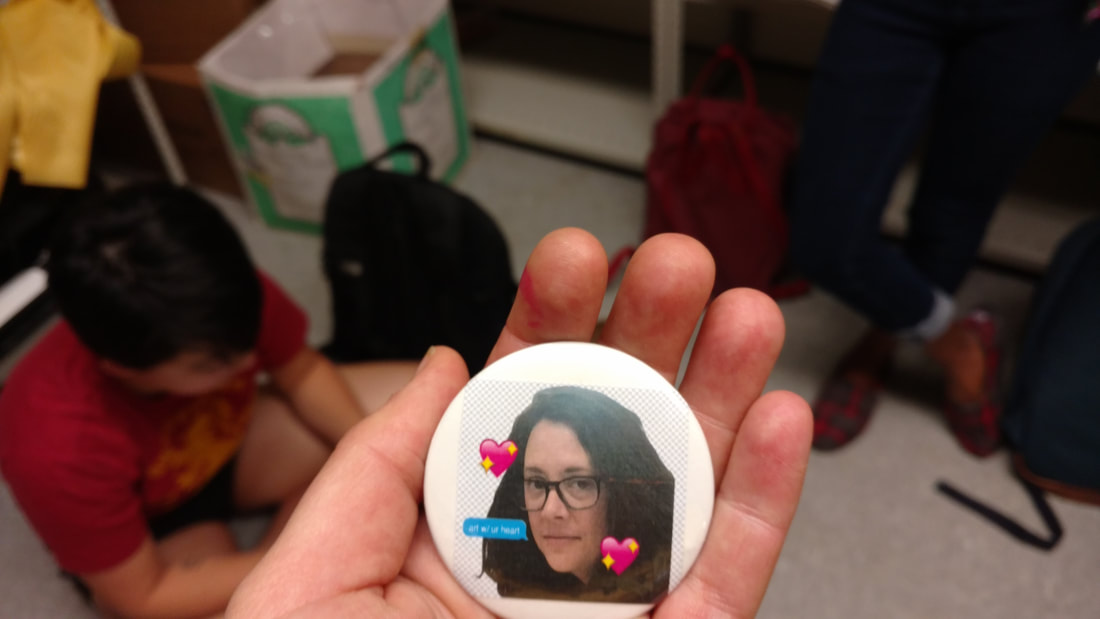
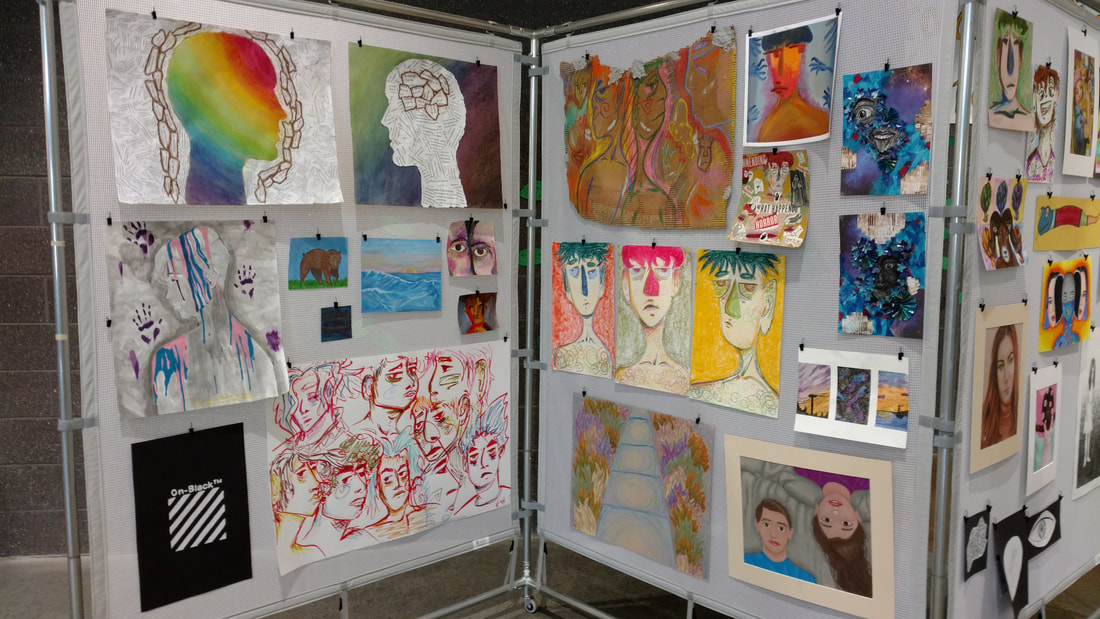
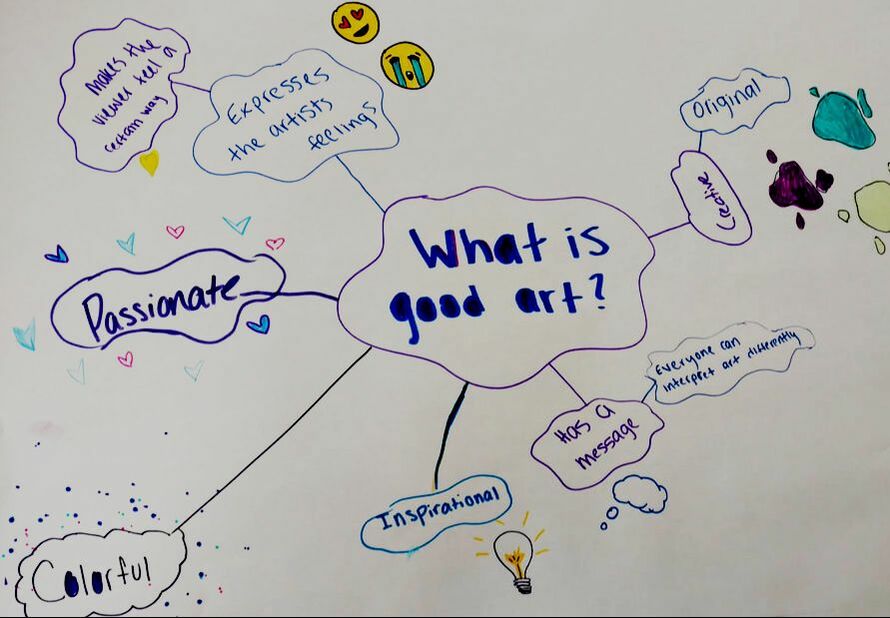
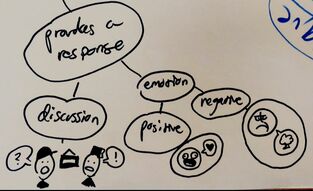
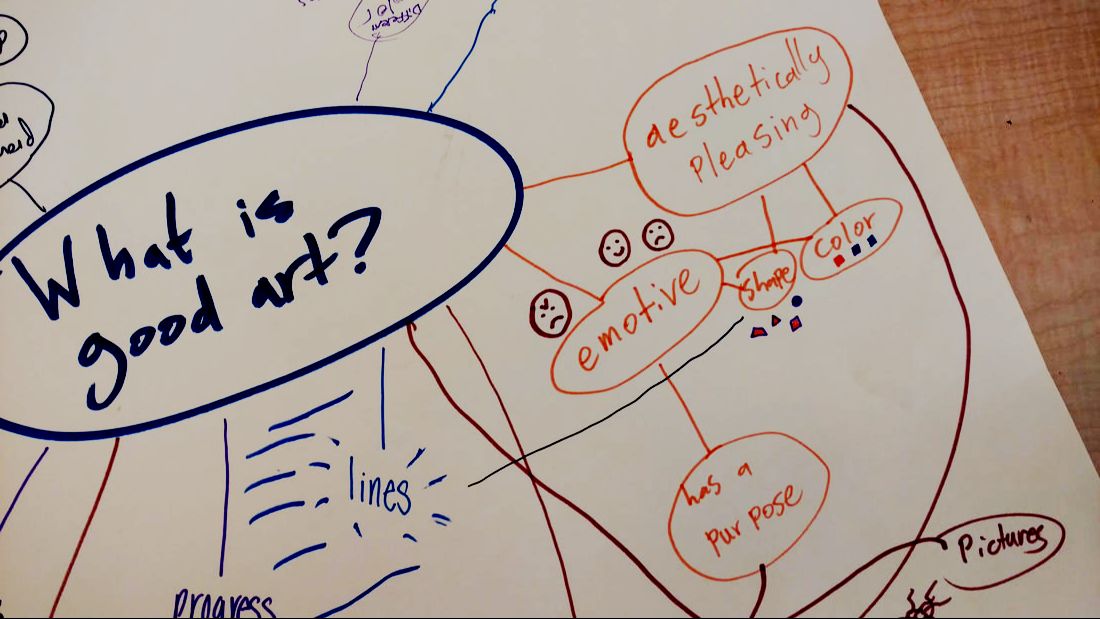
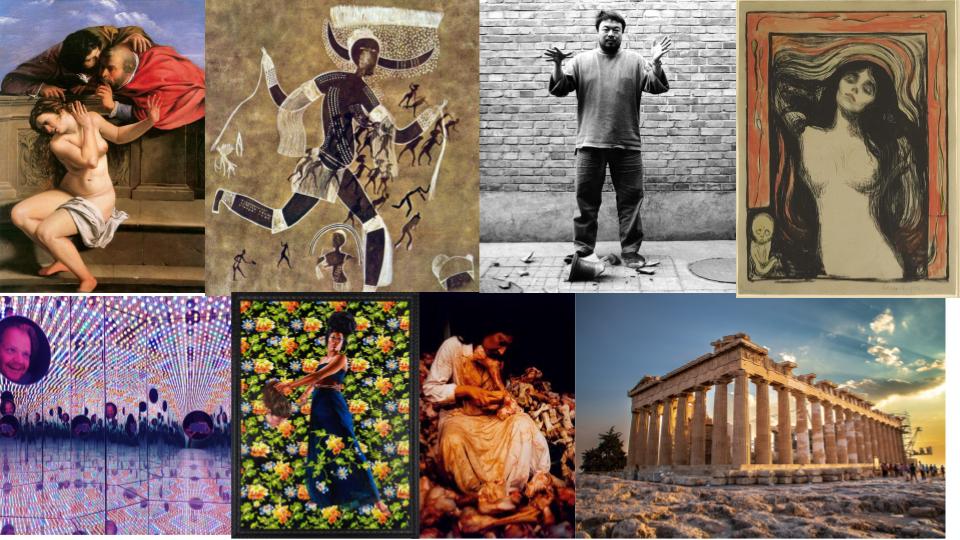
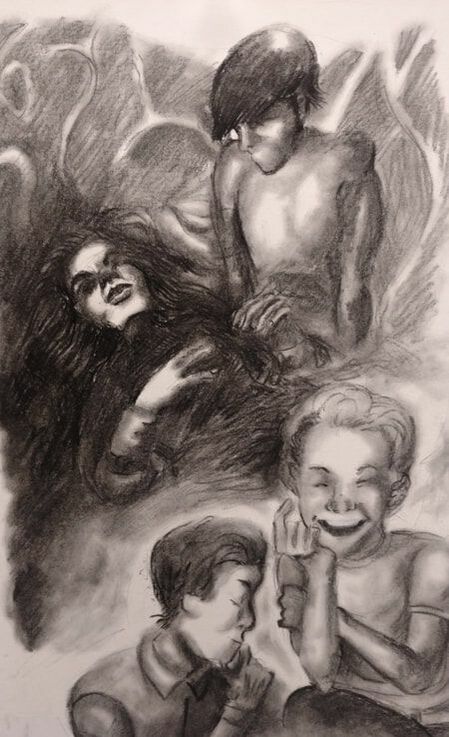
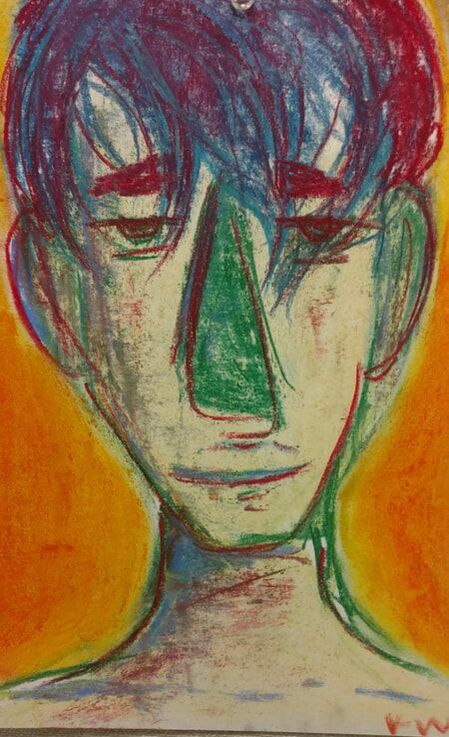
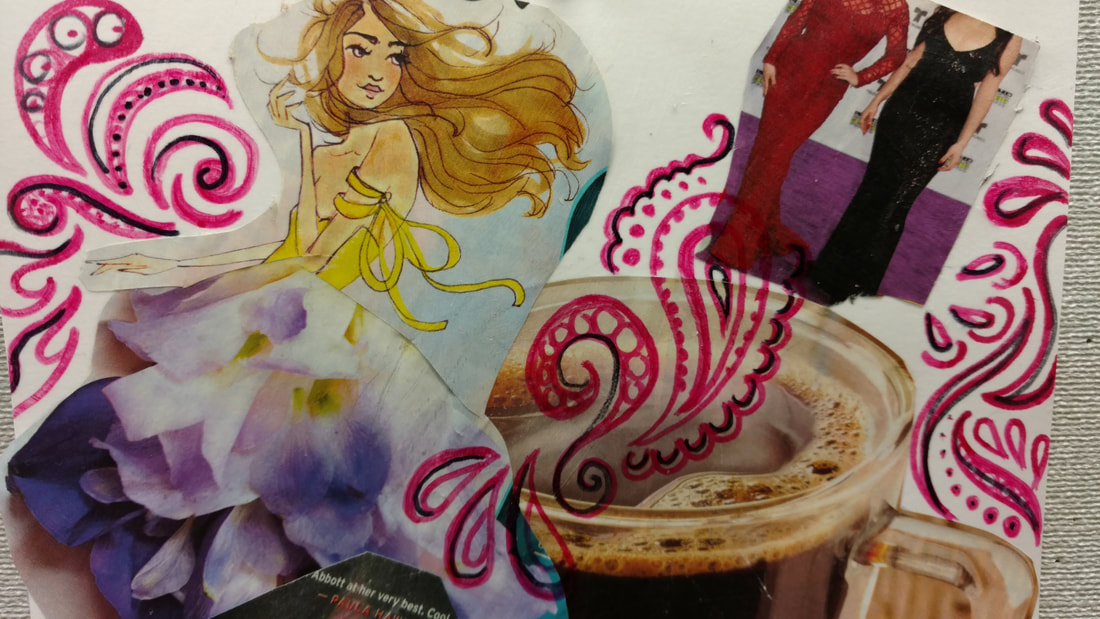
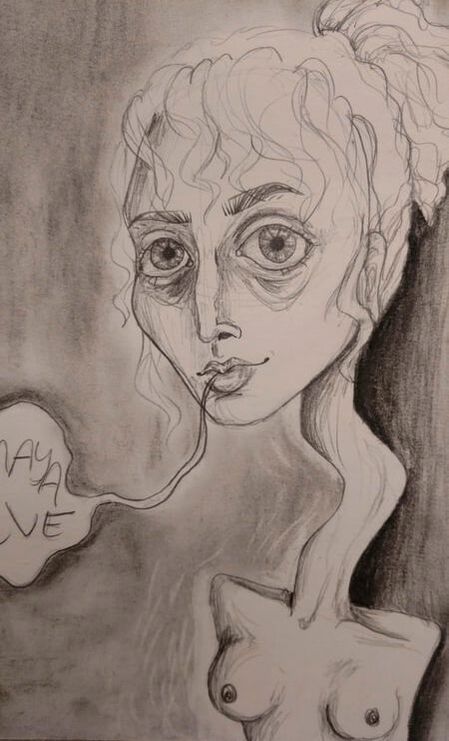
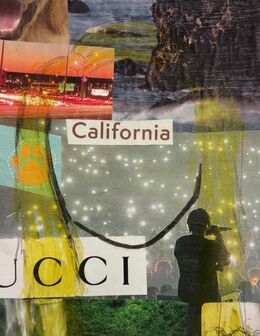
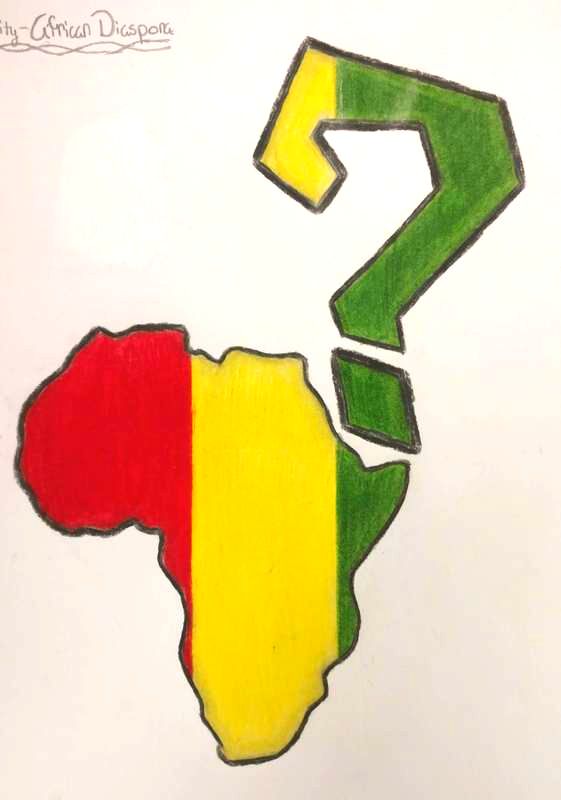
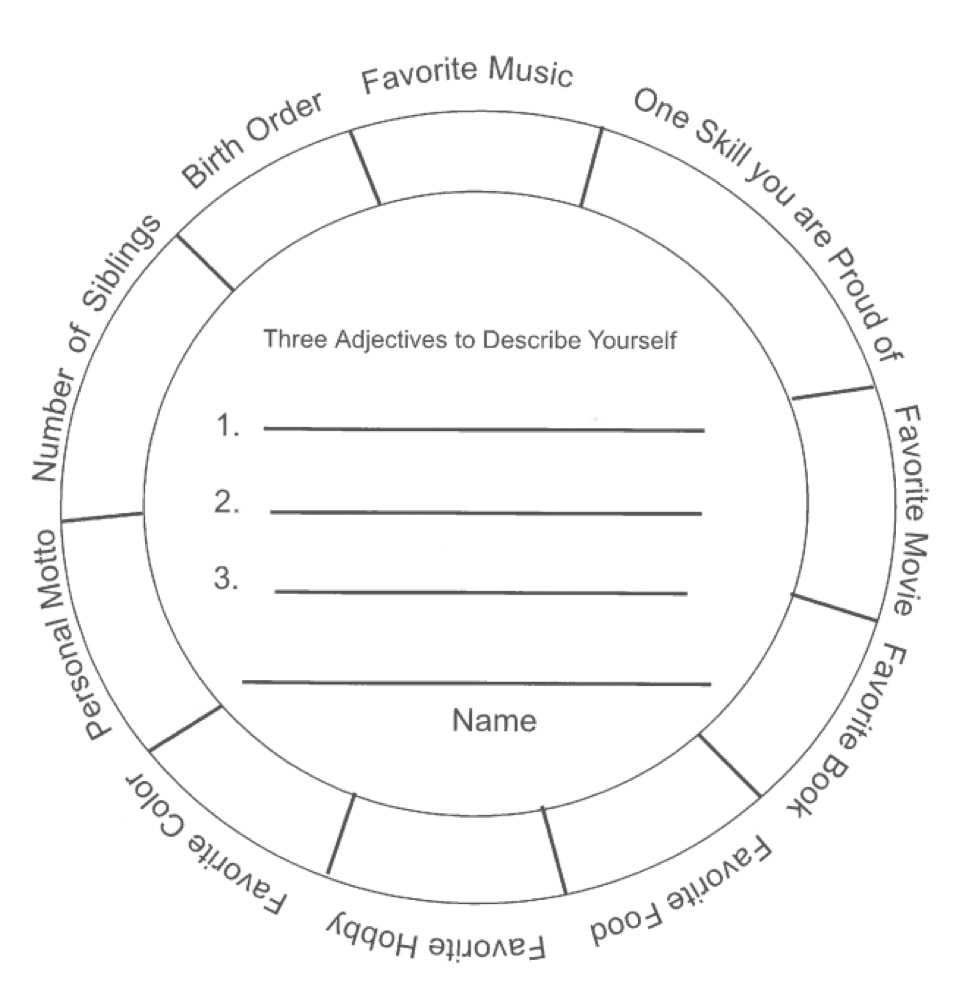
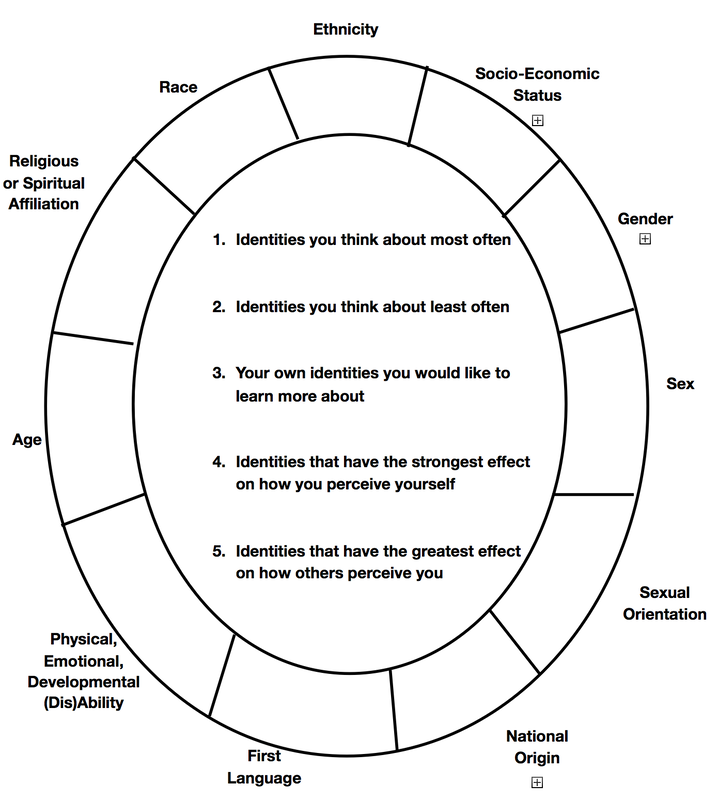
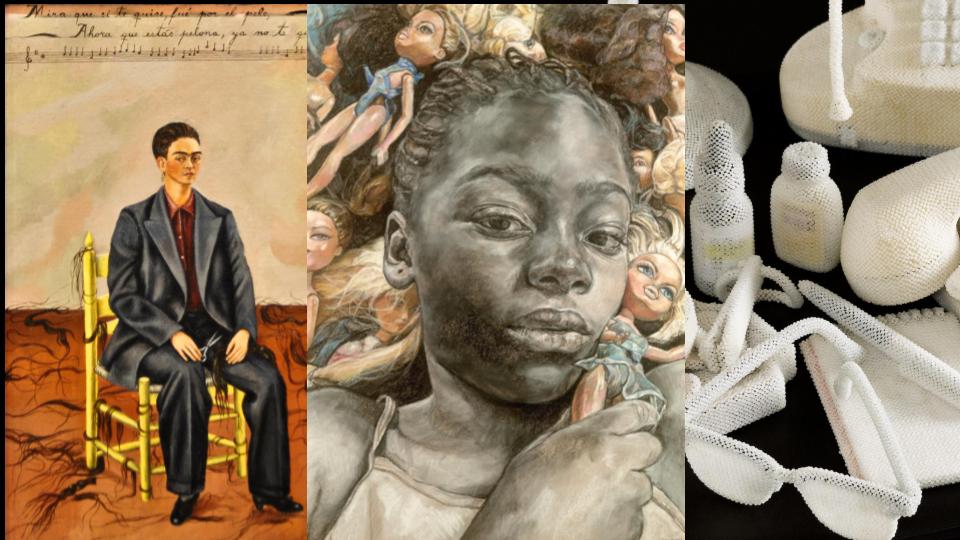
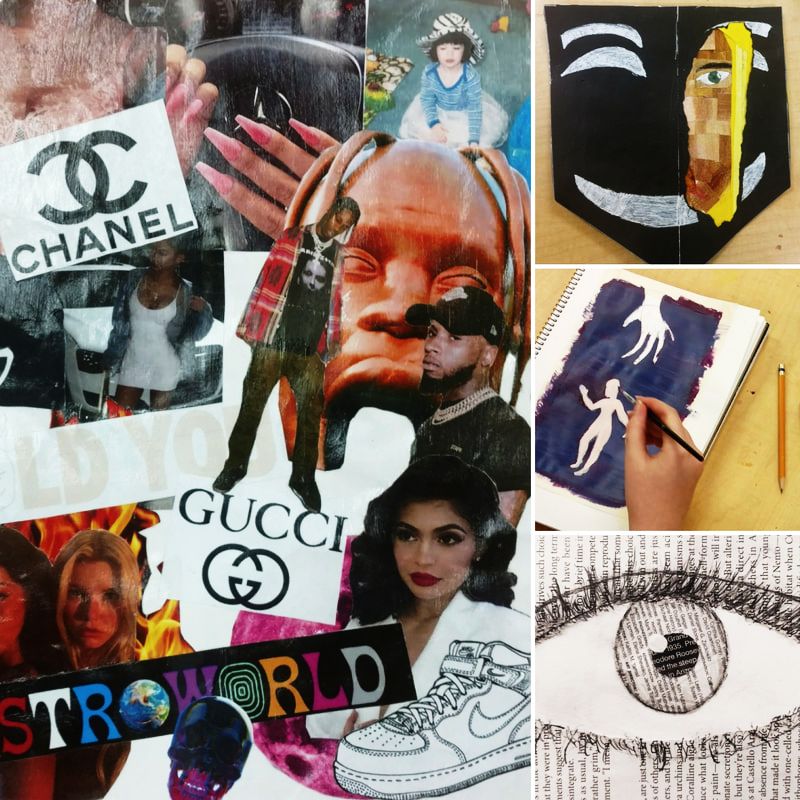
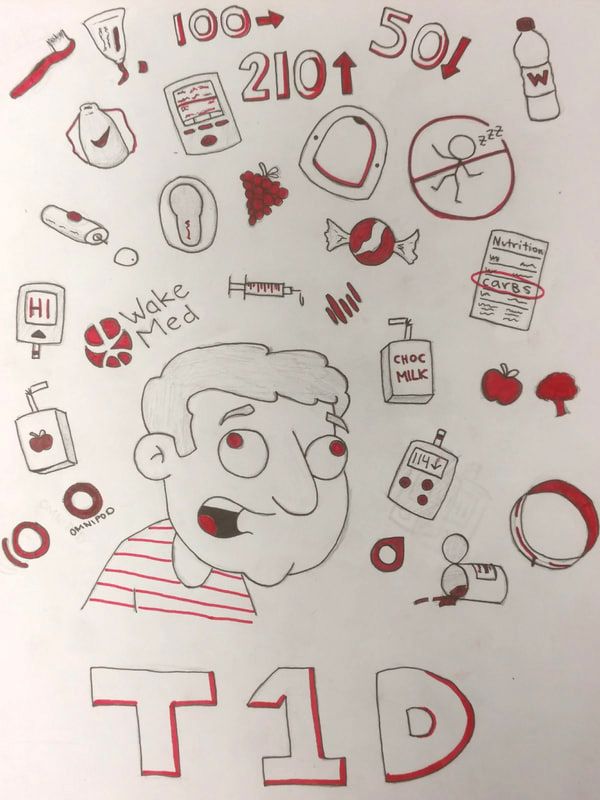
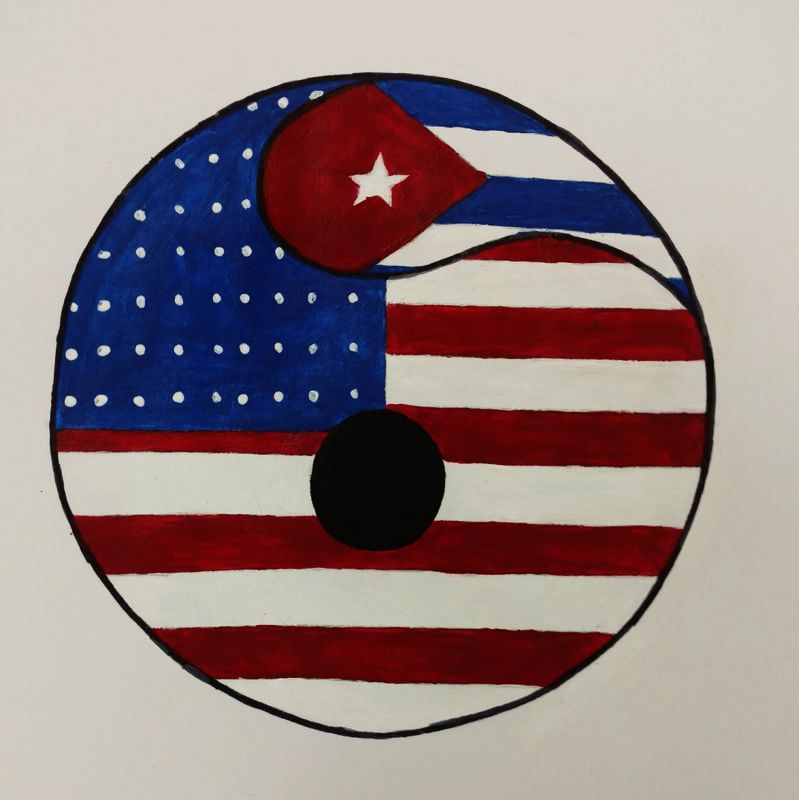
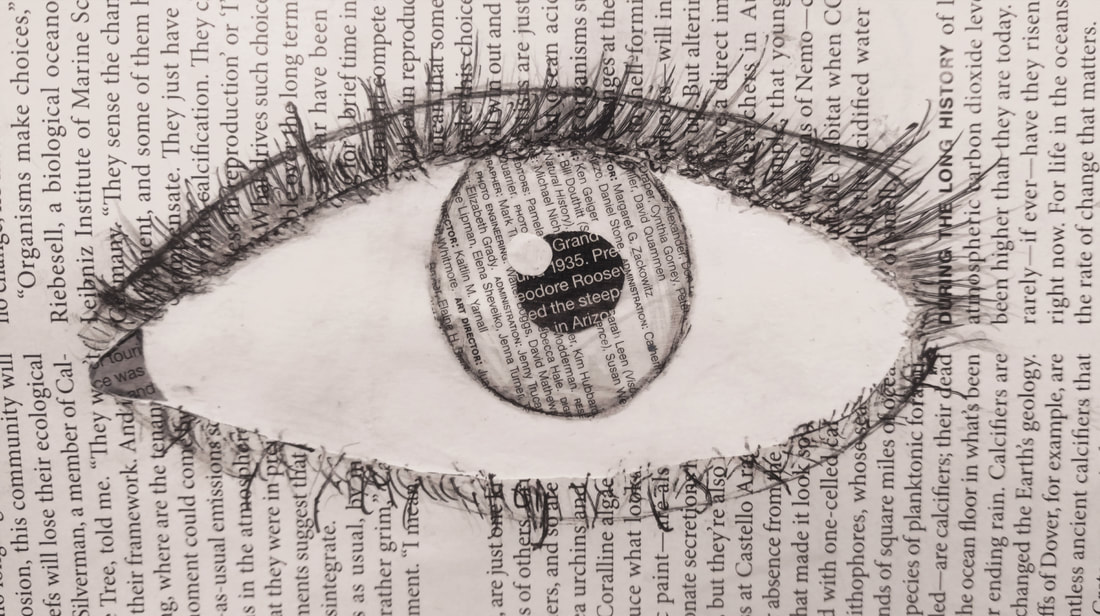
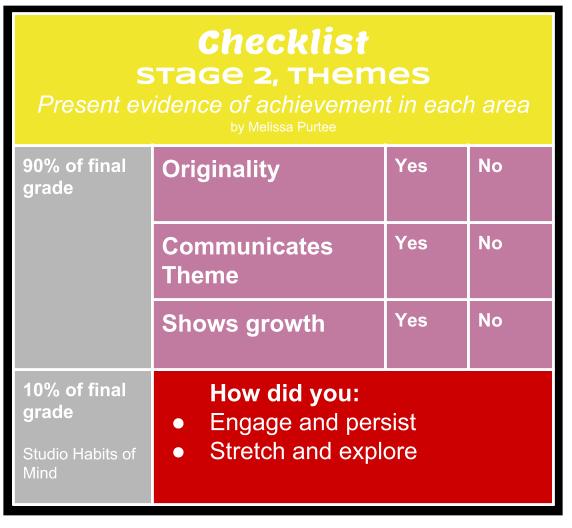
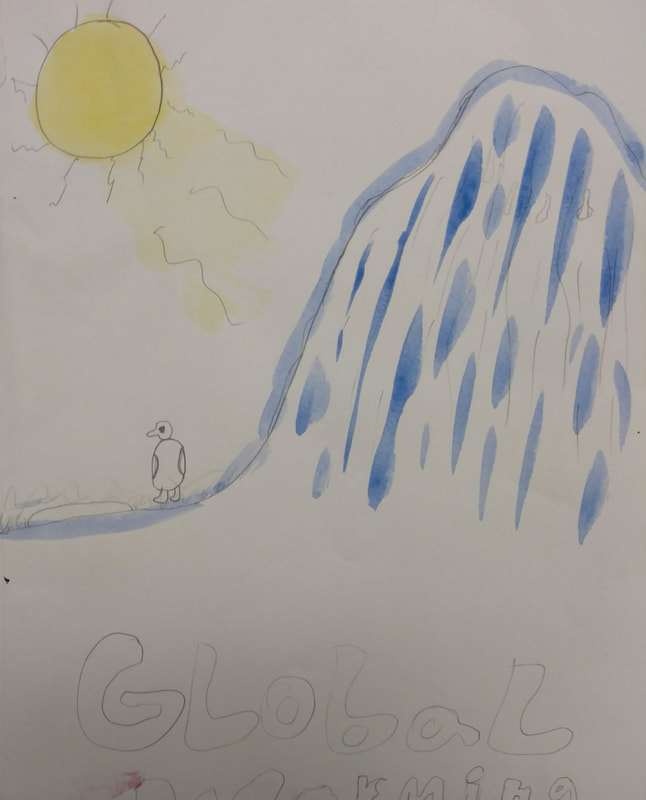
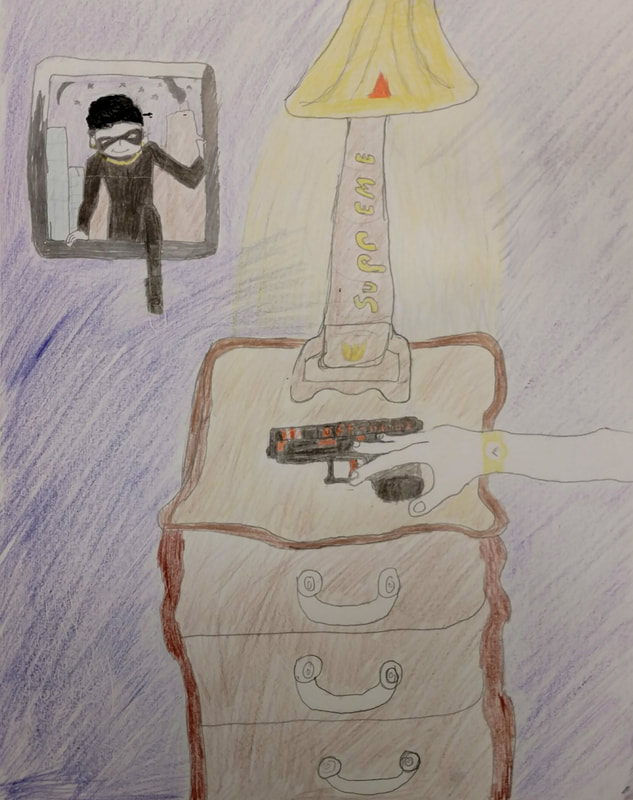
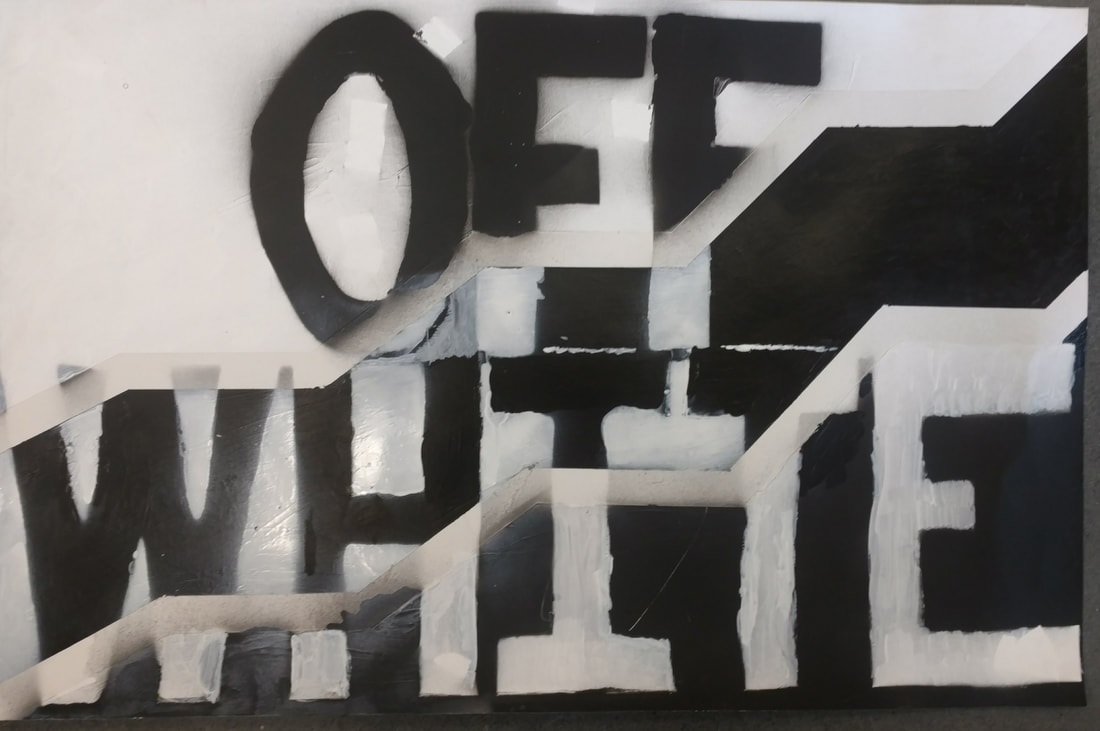
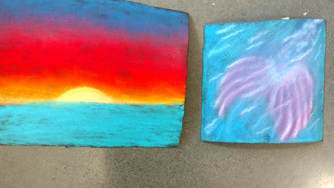
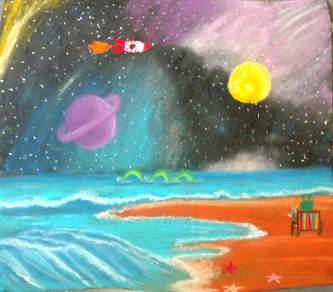

 RSS Feed
RSS Feed
